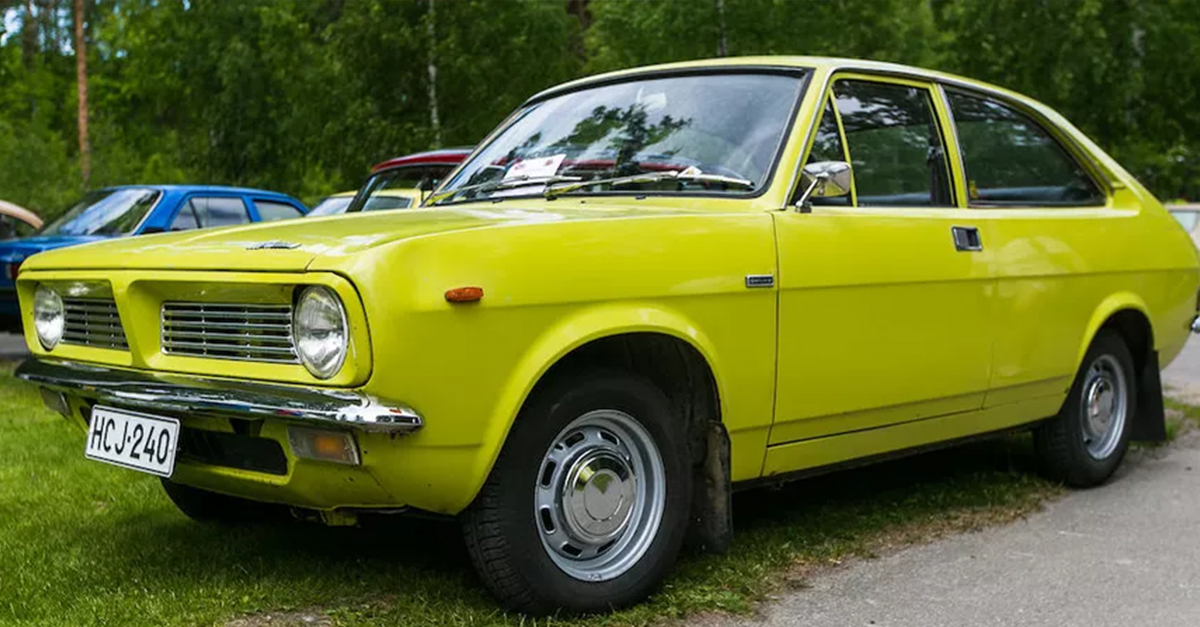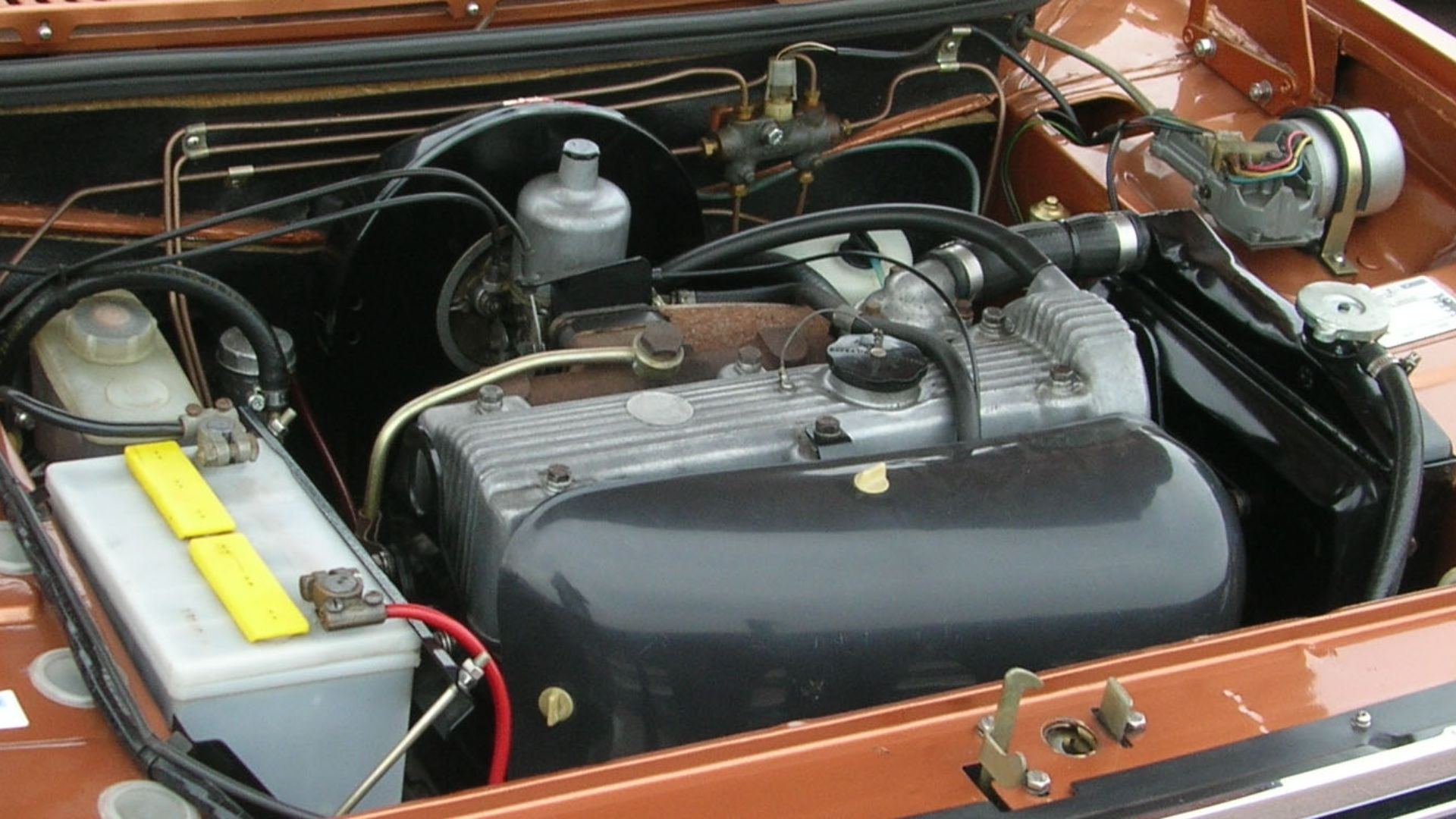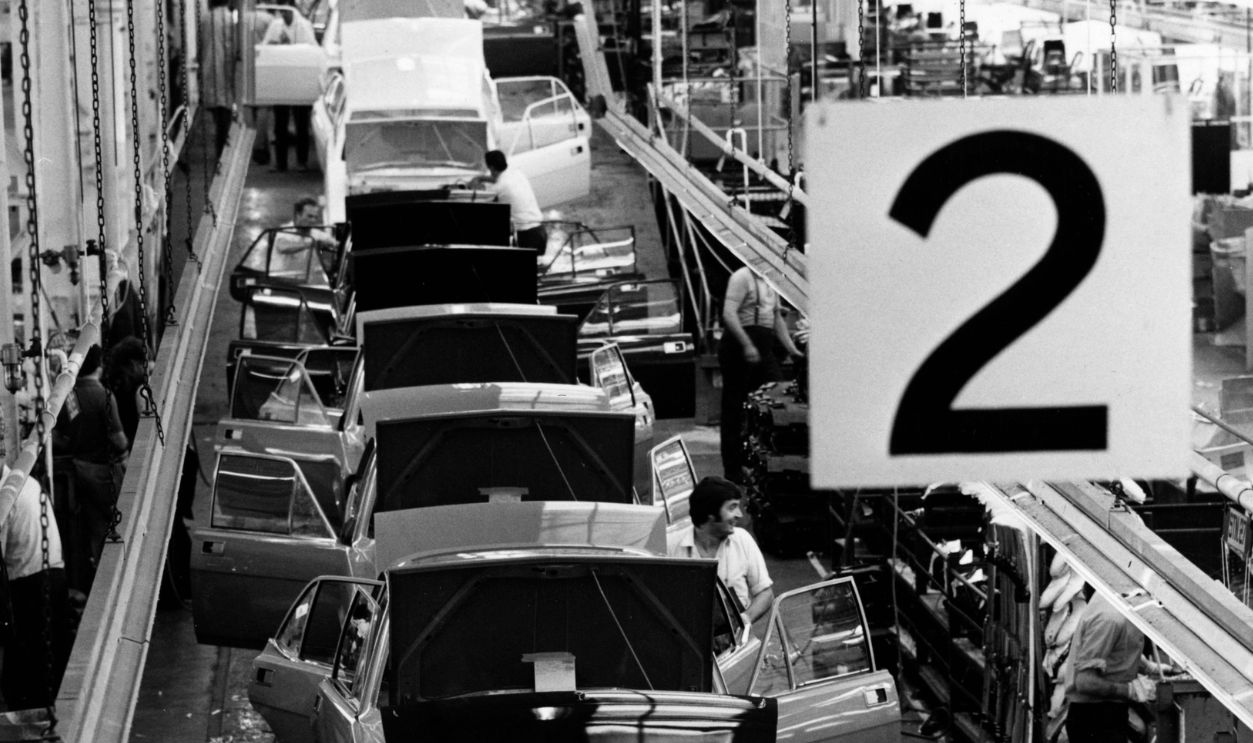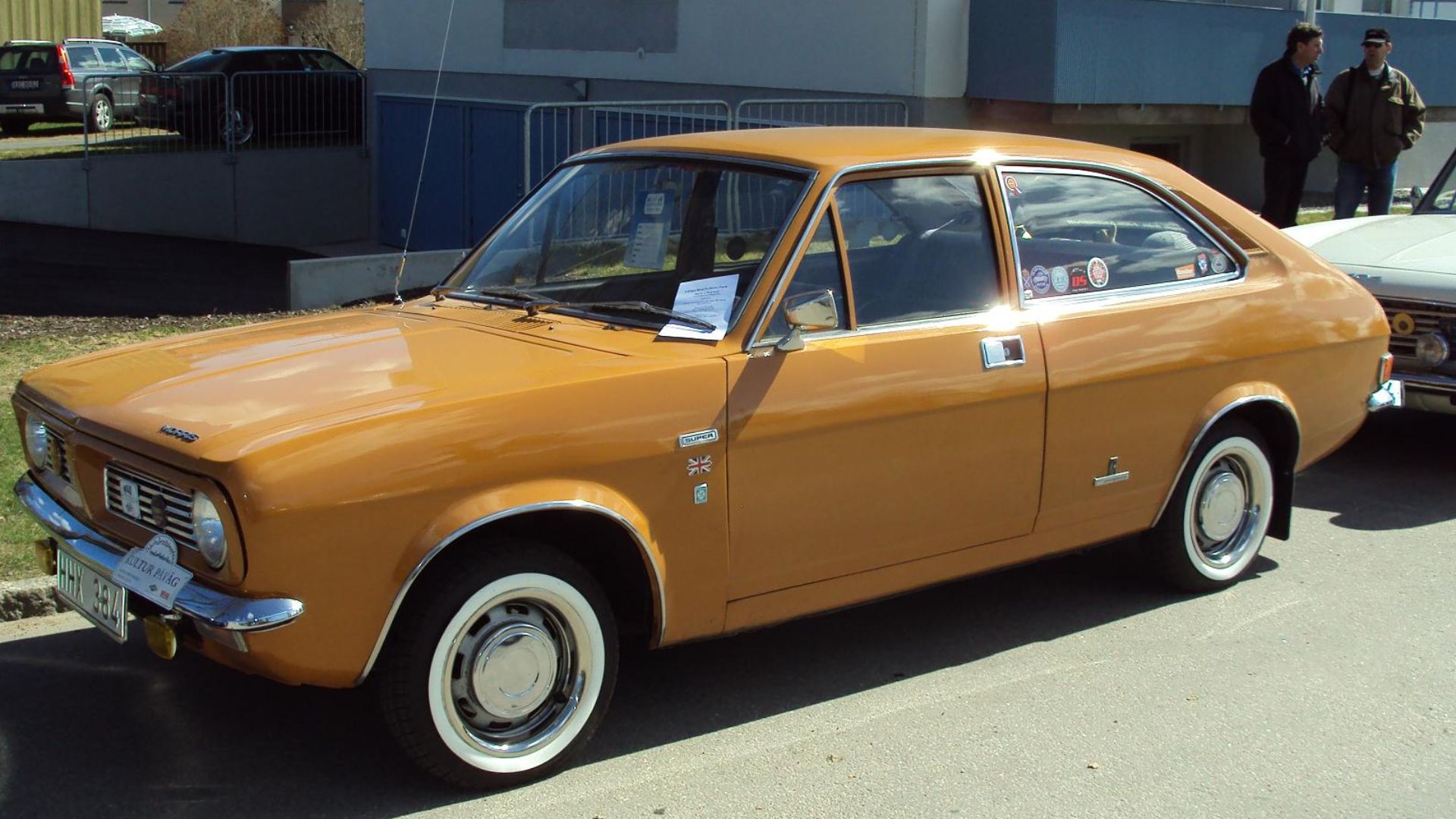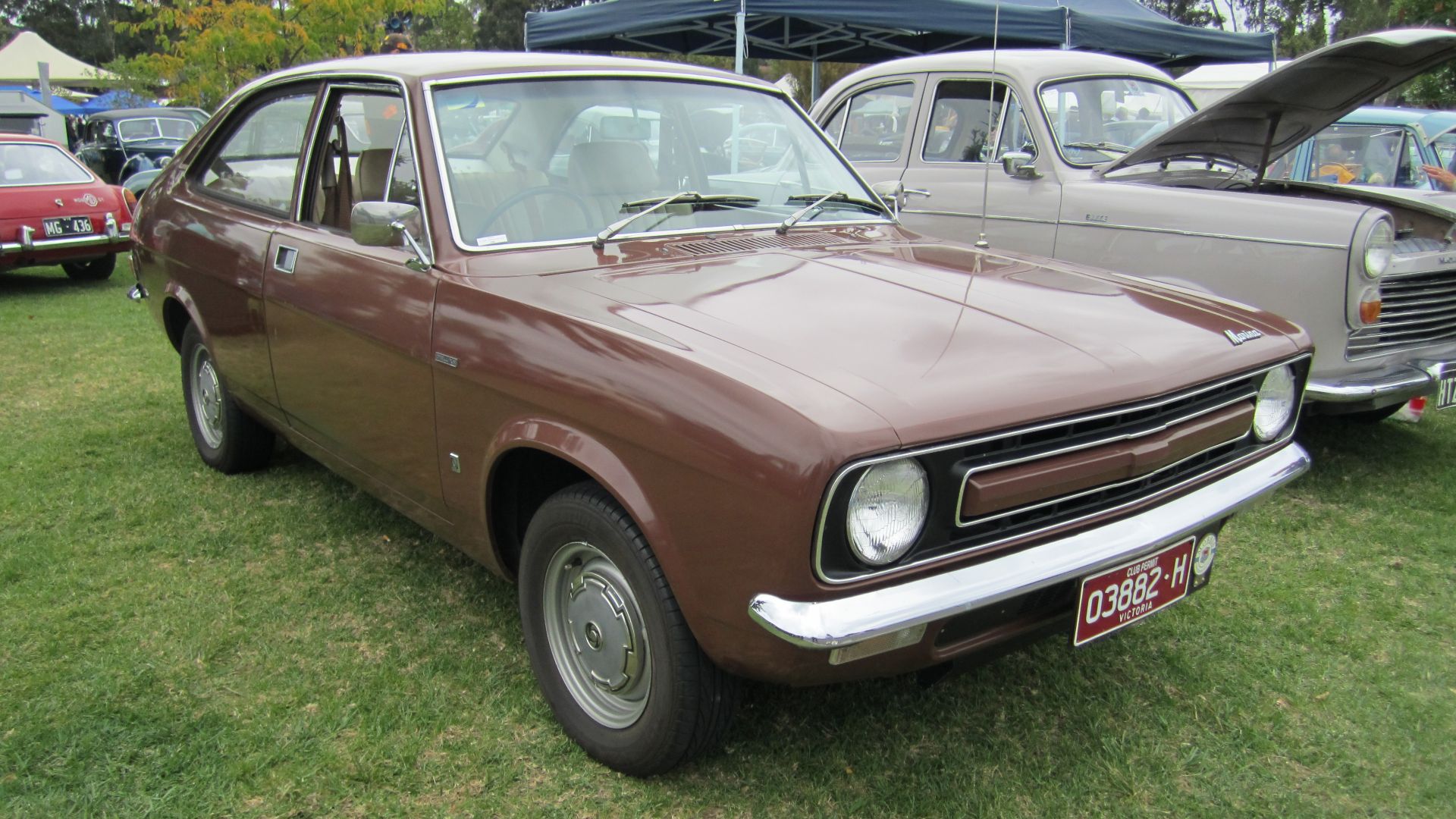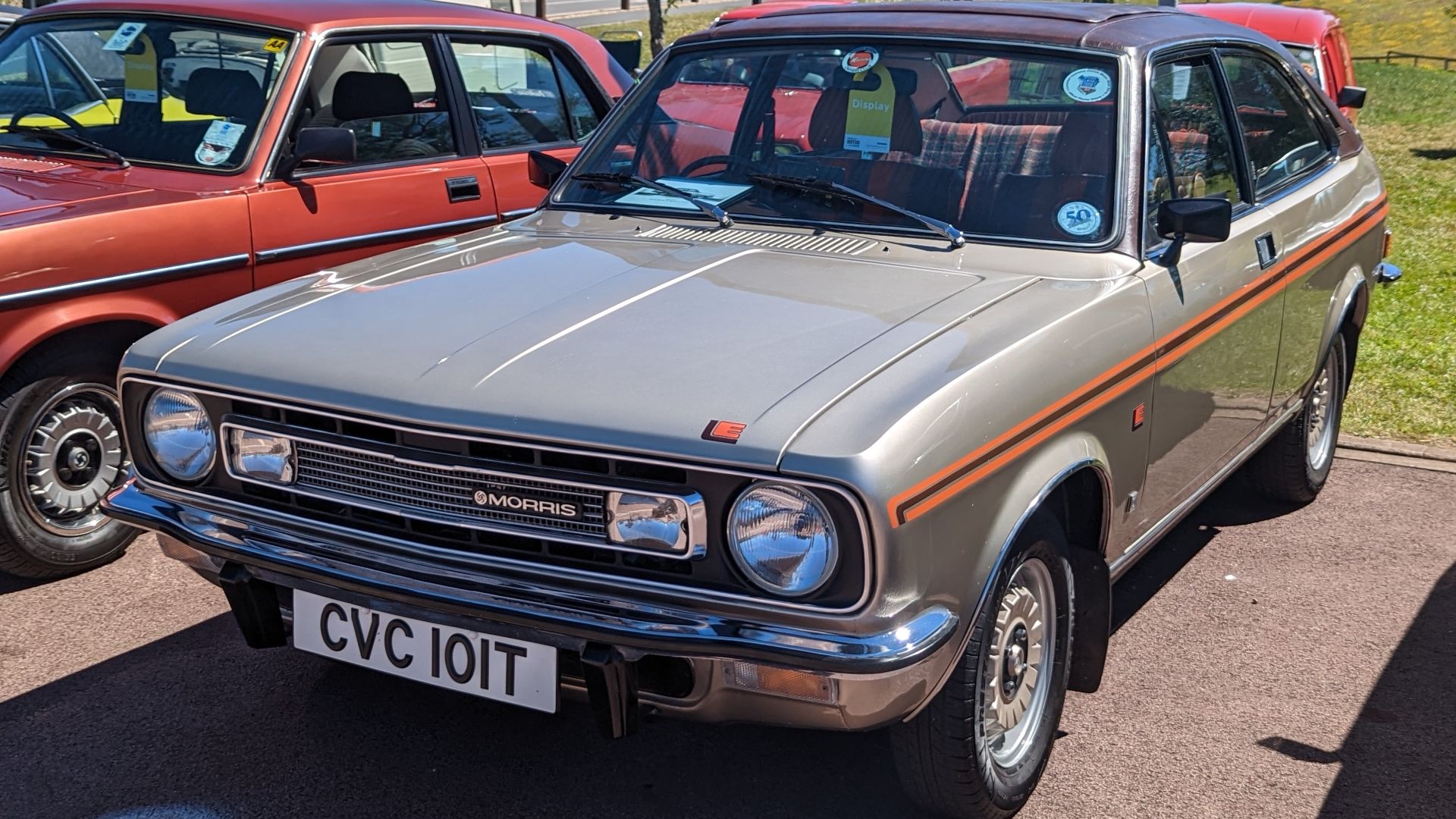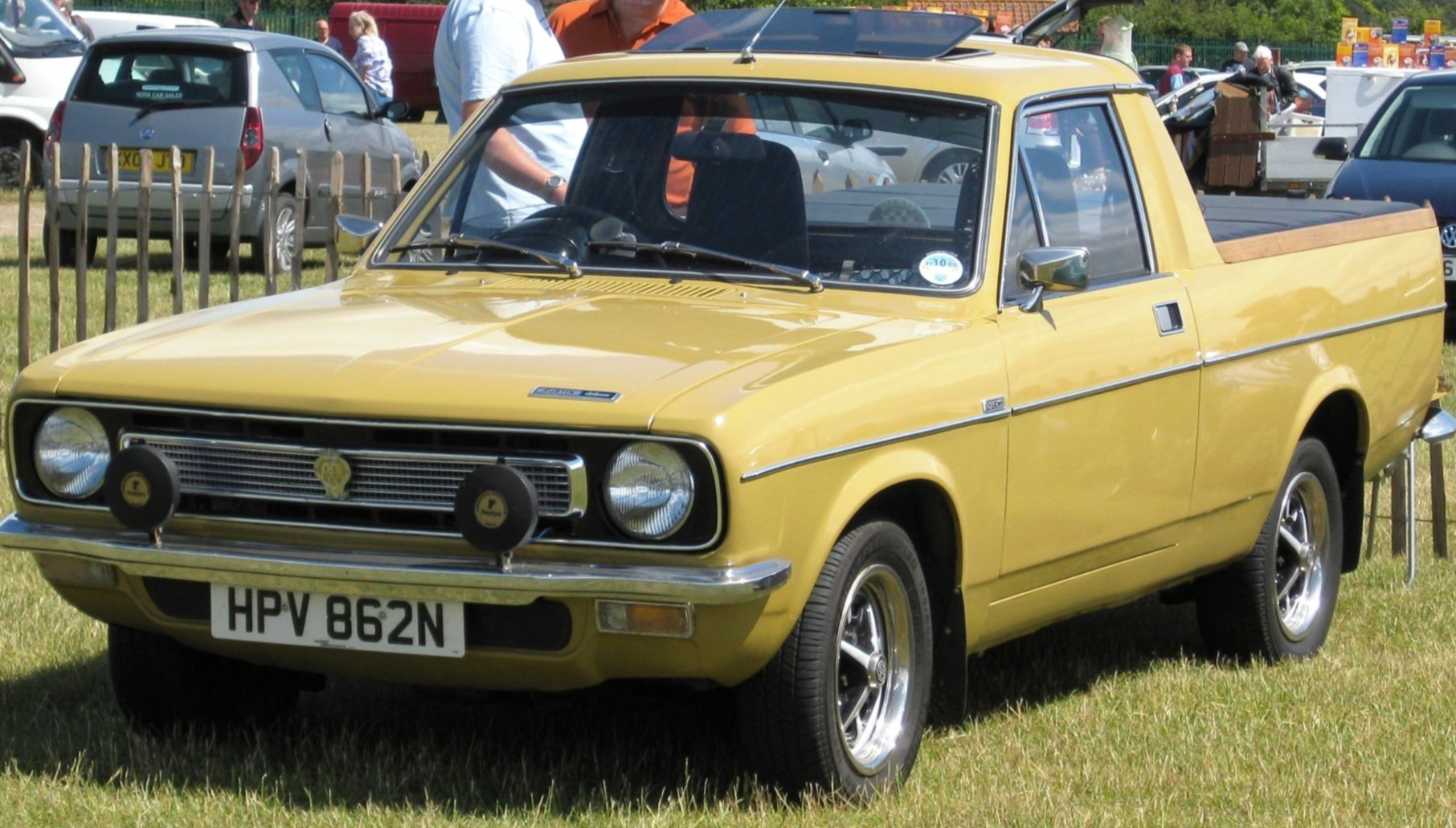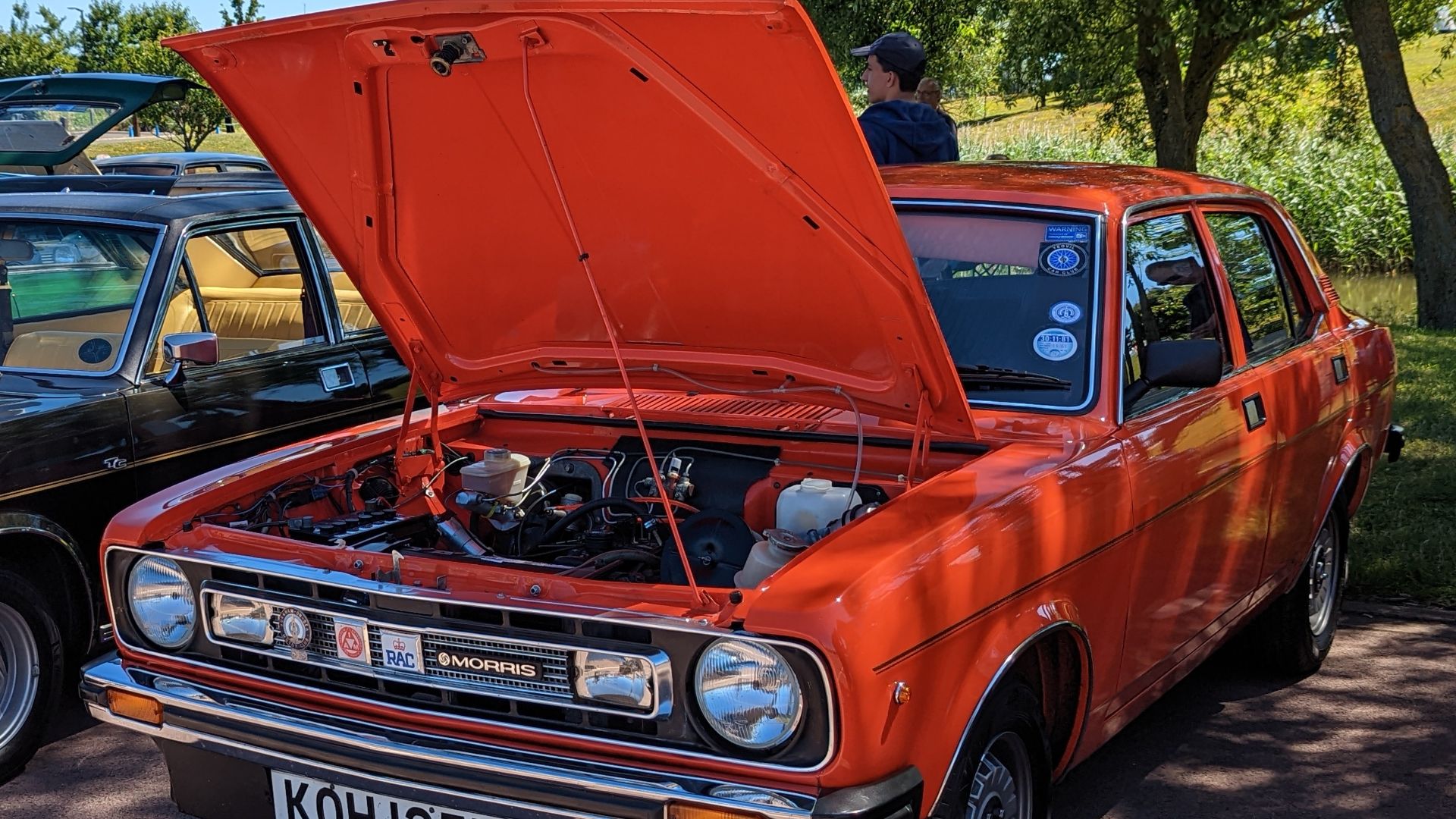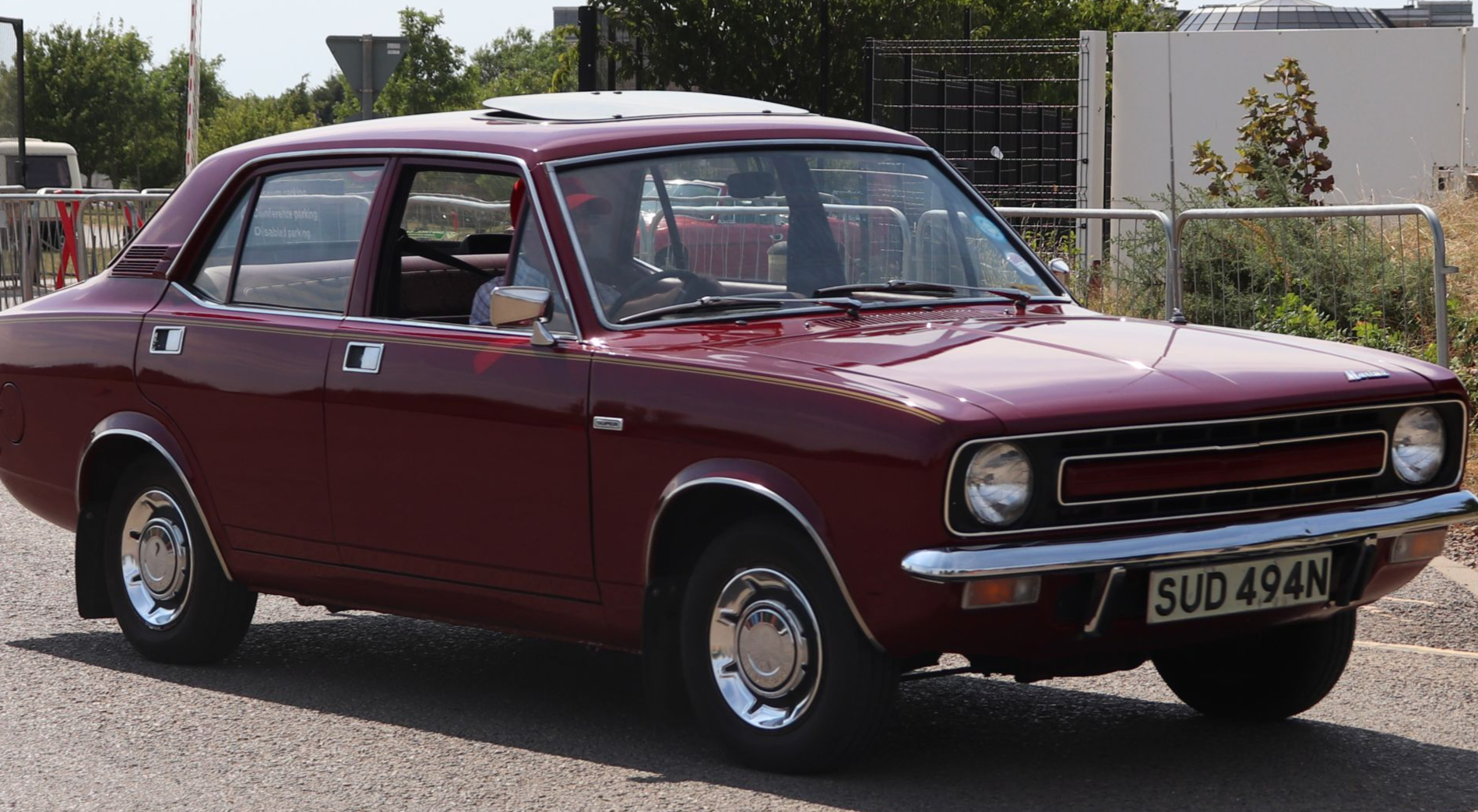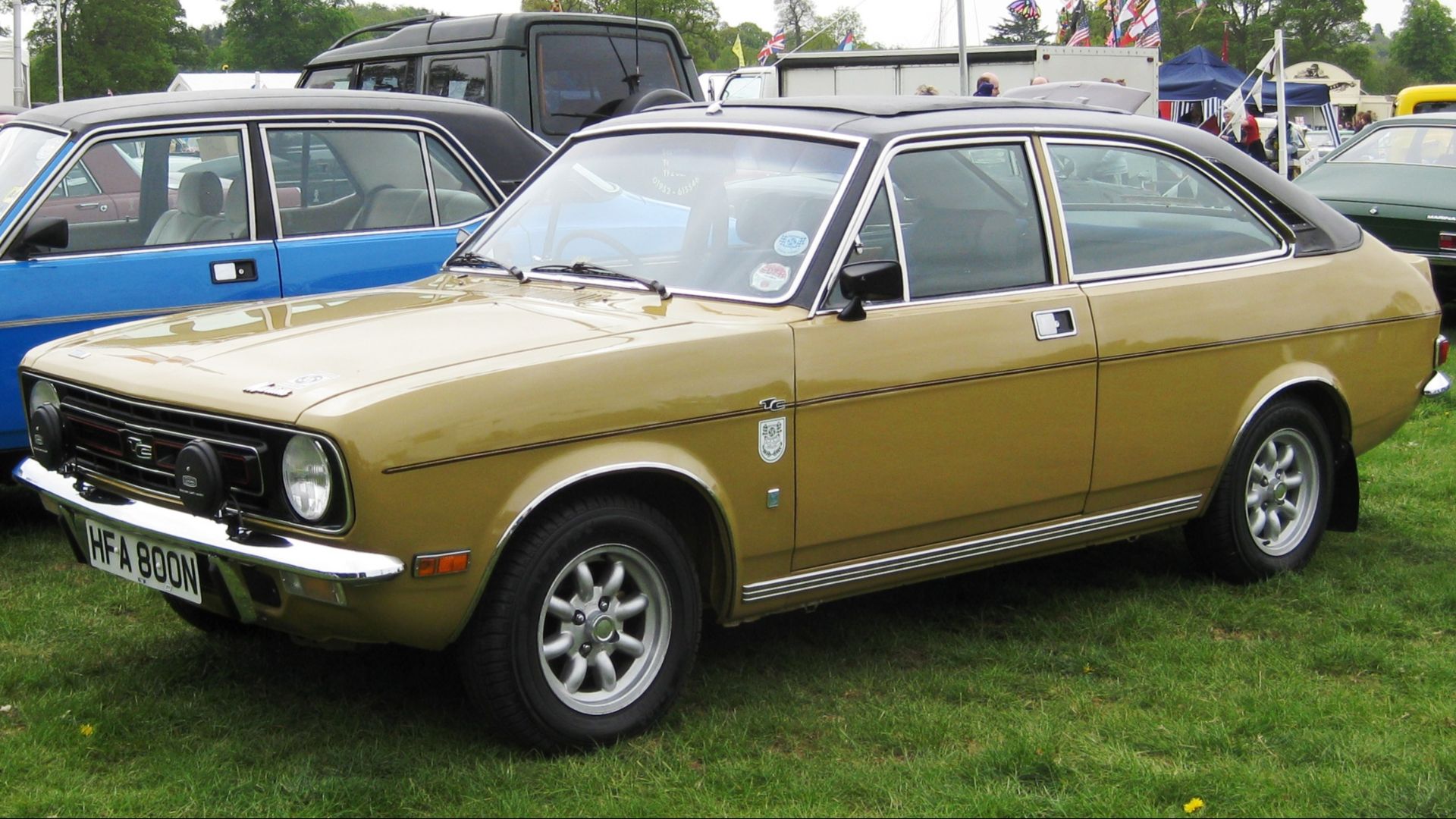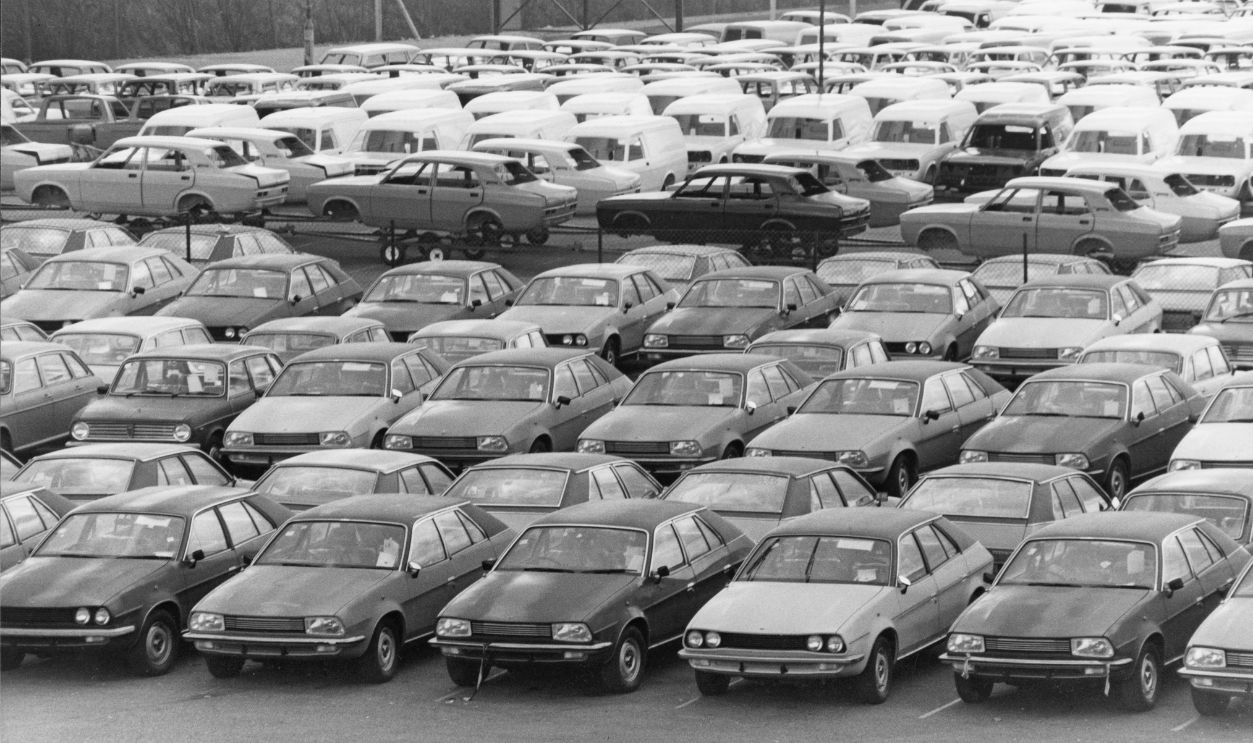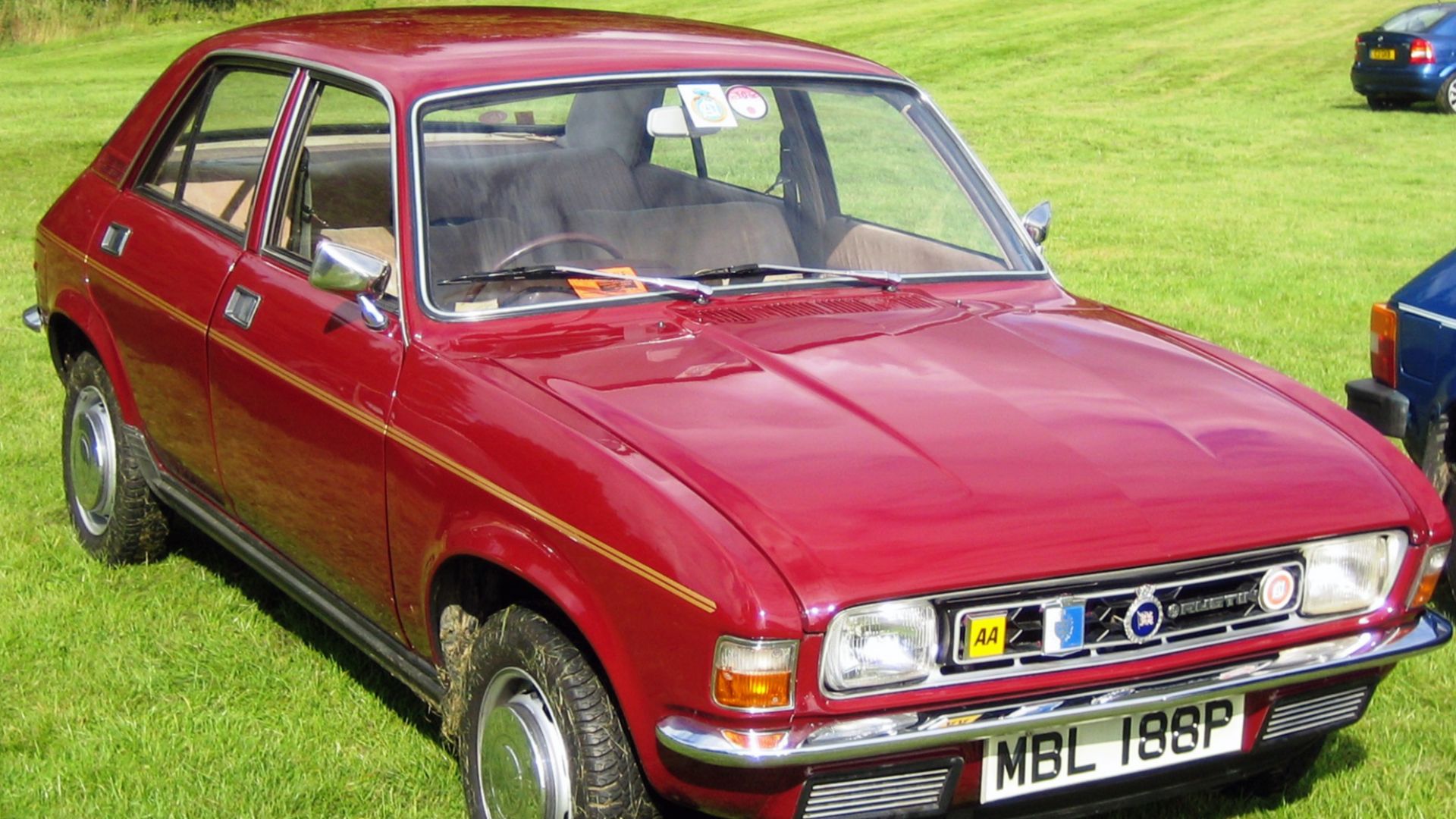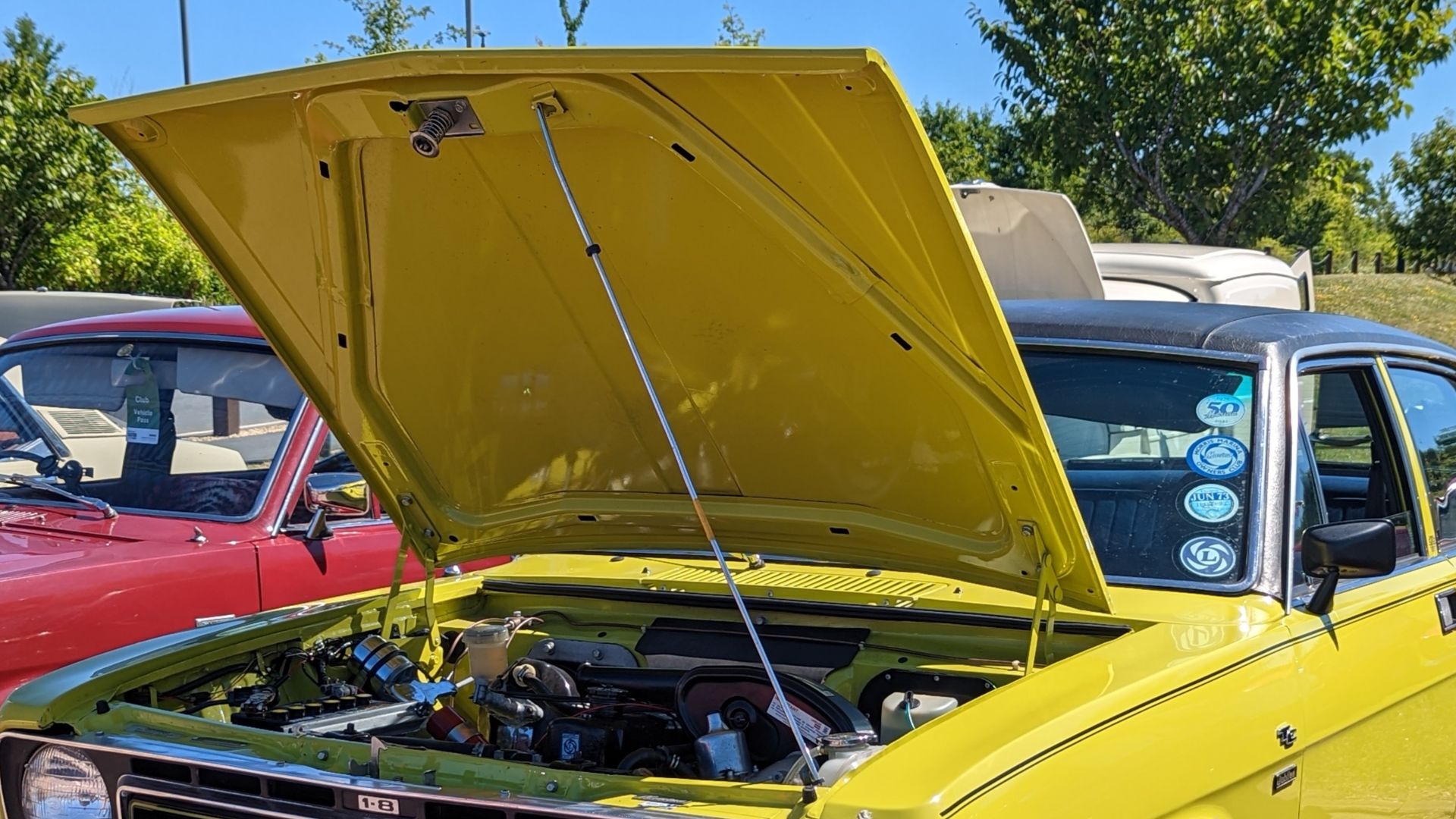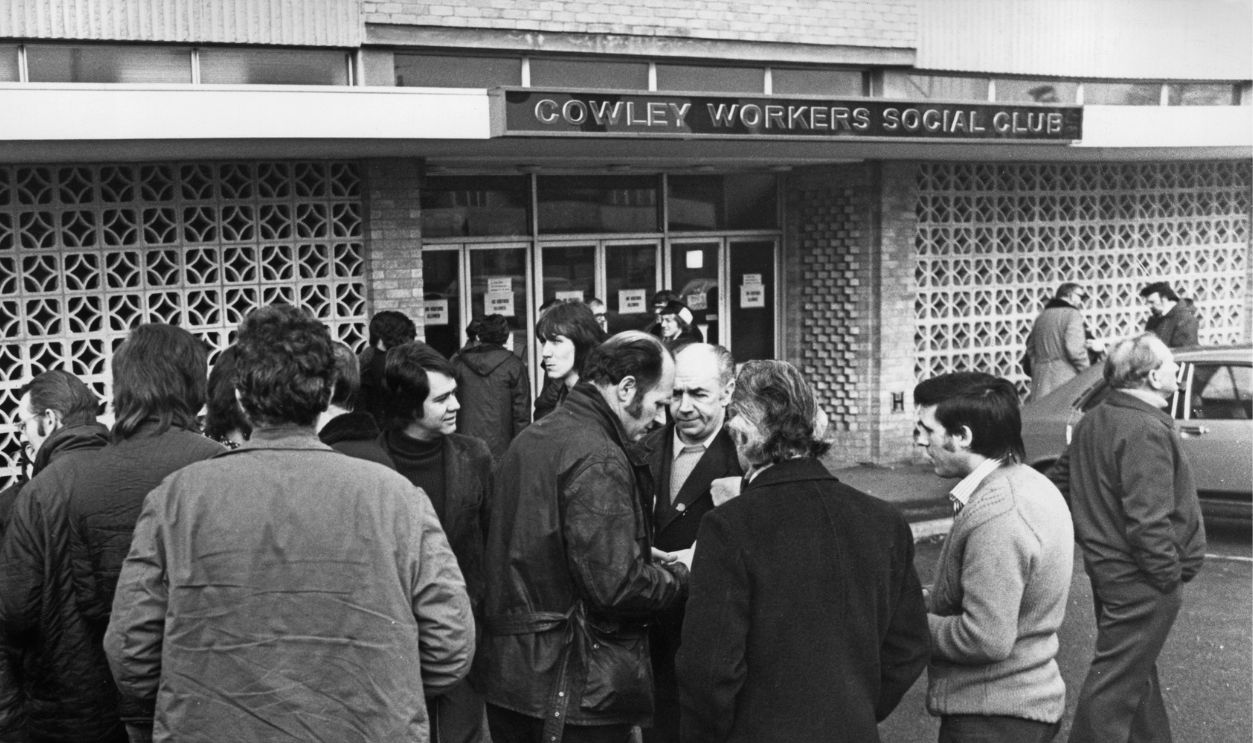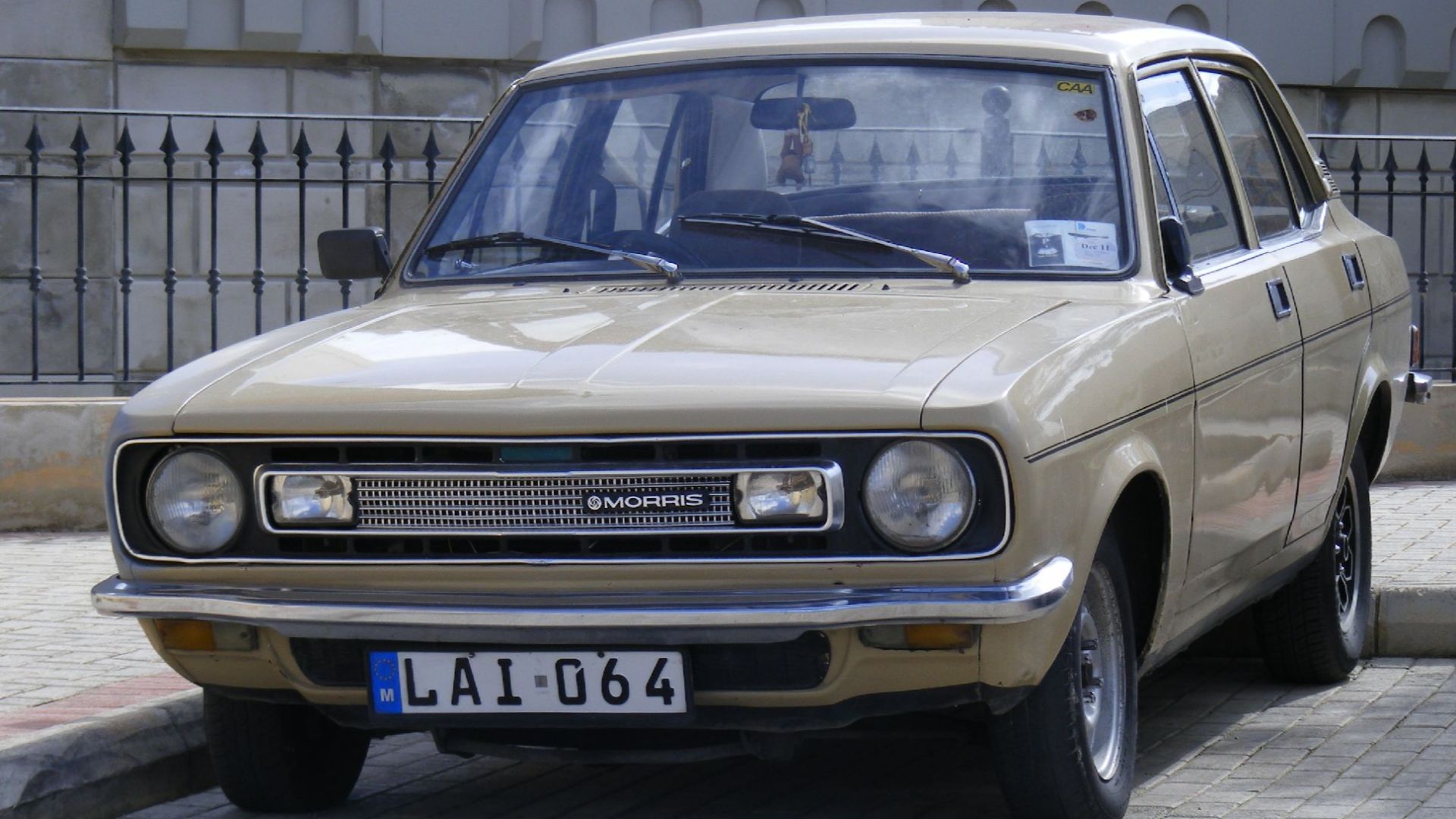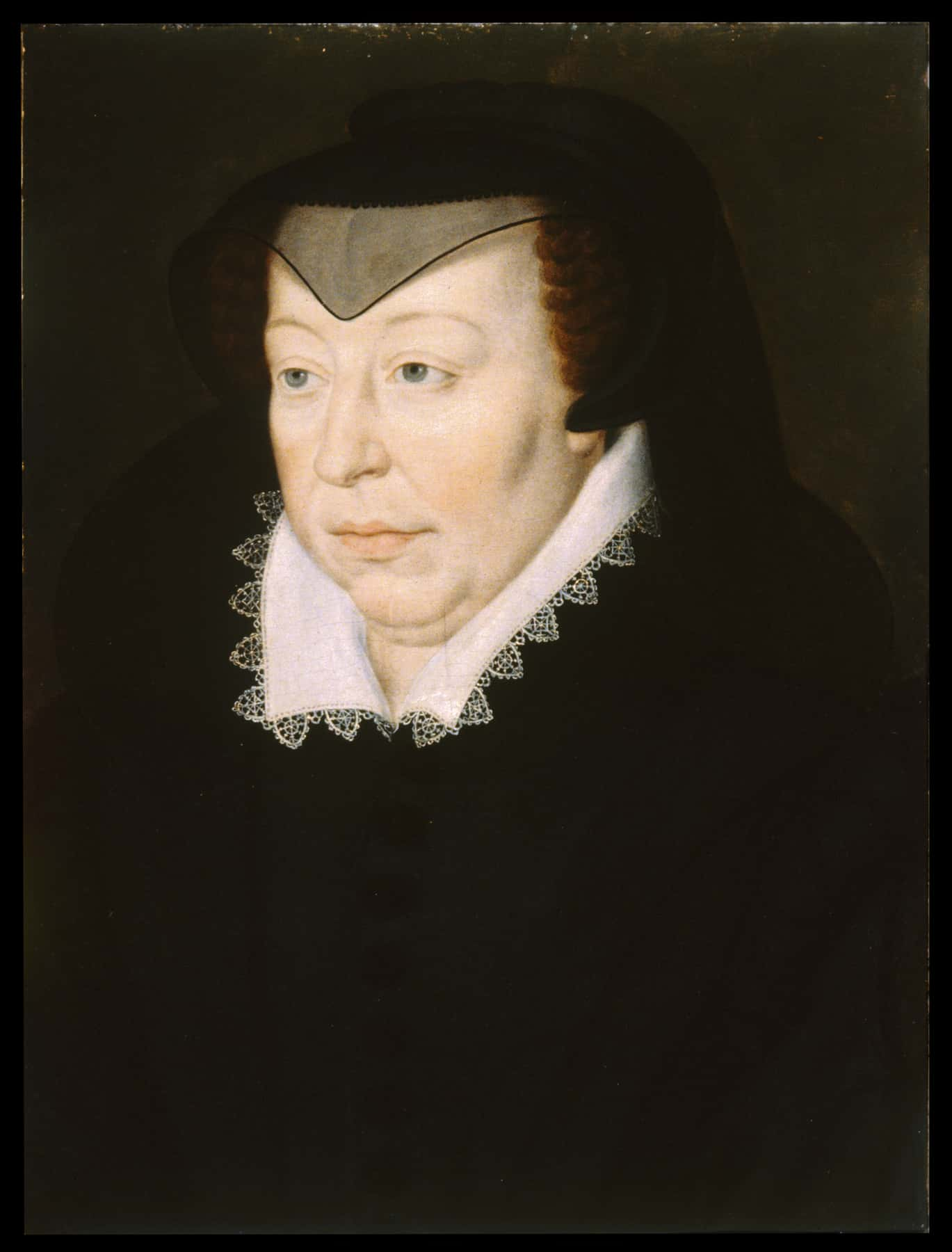Britain’s Best-Selling Automotive Blunder
The Morris Marina is remembered as one of Britain’s most notorious automotive missteps, embodying both the pitfalls of rushed design and the paradoxes of unexpected market success. Conceived hastily by British Leyland to rejuvenate its aging lineup, the Marina’s conventional engineering and affordability initially captured public attention—but those same qualities would also lead to its embarrassing downfall.
Origins Of A Stopgap Solution
The Marina was quickly developed after British Leyland's formation in 1968. With no modern cars beyond the Austin Maxi, the Marina aimed to rapidly replace aging models like the Morris Minor.
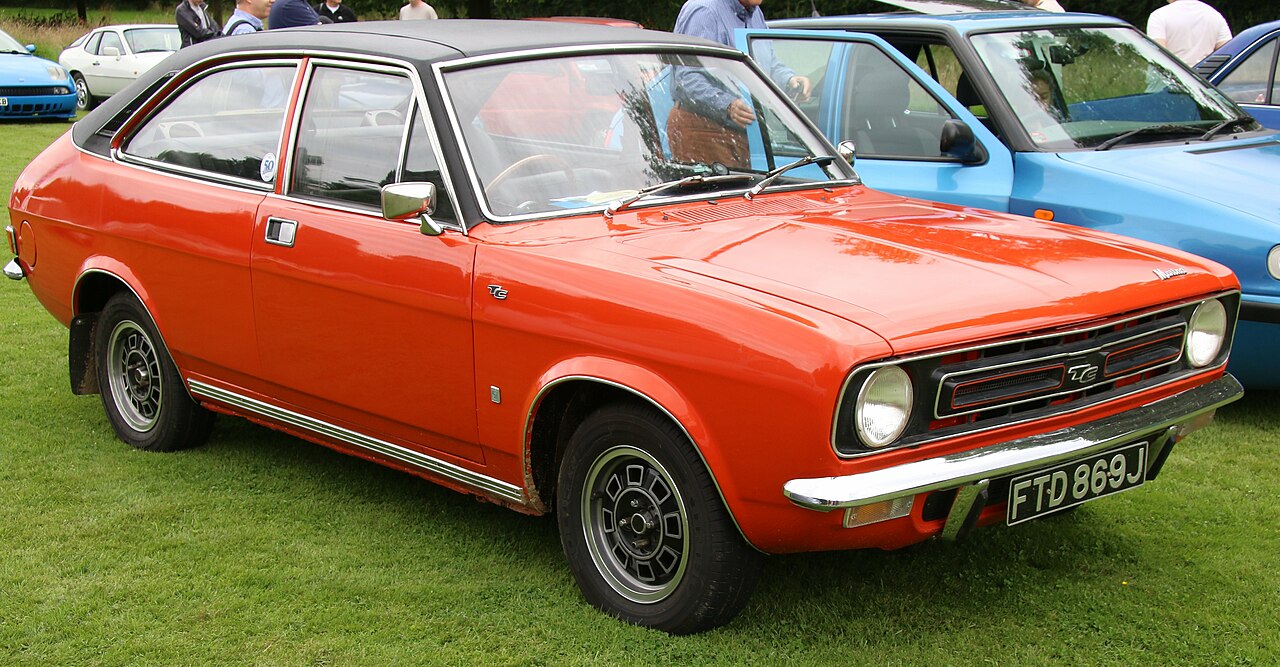 kitmasterbloke, CC BY 2.0, Wikimedia Commons
kitmasterbloke, CC BY 2.0, Wikimedia Commons
Roy Haynes’ Ambitious Design
Designer Roy Haynes envisioned Marina coupés as sporty competitors to the popular Ford Capri. Unfortunately, cost-cutting diluted this vision, with coupés and saloons sharing doors. Haynes soon left, taking his ambitious ideas with him.
Built On Familiar Foundations
To minimize costs, British Leyland reused parts from older models like the Morris Minor and Triumph Dolomite. The Marina thus launched with a live rear axle and rear-wheel-drive layout which was outdated, yet cheap to produce.
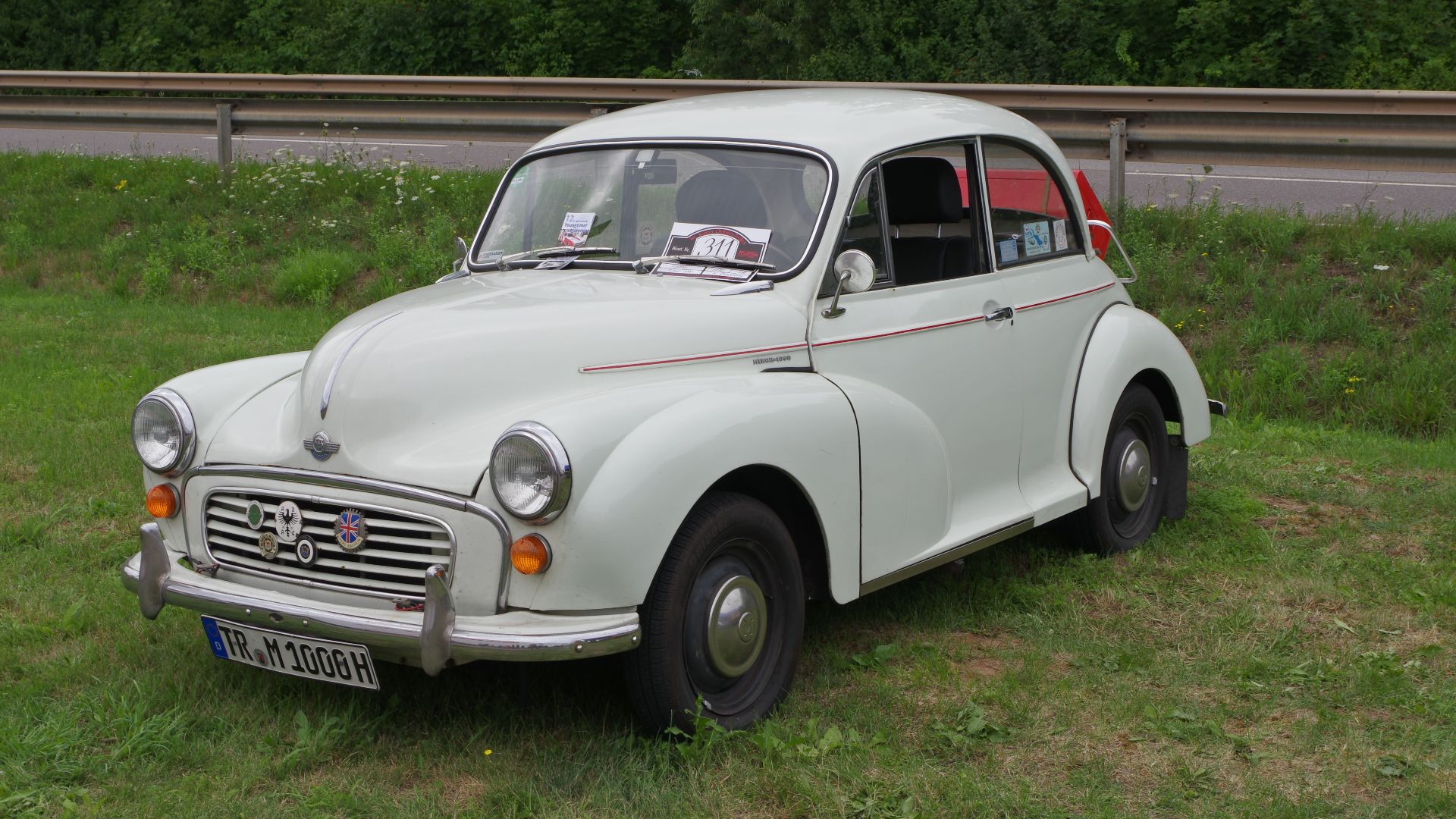 Berthold Werner, Wikimedia Commons
Berthold Werner, Wikimedia Commons
The Marina's Complicated Birth
Development took a mere 18 months from concept to showroom. Such a rushed timeline resulted in corners being cut, like reverting to Morris Minor suspension rather than MacPherson struts. These choices impacted handling significantly.
 Vauxford, CC BY-SA 4.0, Wikimedia Commons
Vauxford, CC BY-SA 4.0, Wikimedia Commons
The Engine That Never Was
Initially, the Marina was designed around BMC’s troublesome E-series overhead cam engine. Issues with overheating forced Leyland to revert to older but reliable A- and B-series engines. This switch left awkward styling compromises.
Production Line Woes
British Leyland chose their aging Cowley plant to produce the Marina. This outdated factory, dating back to the 1920s, lacked sufficient capacity. As a result, costly modernizations were needed, further complicating production.
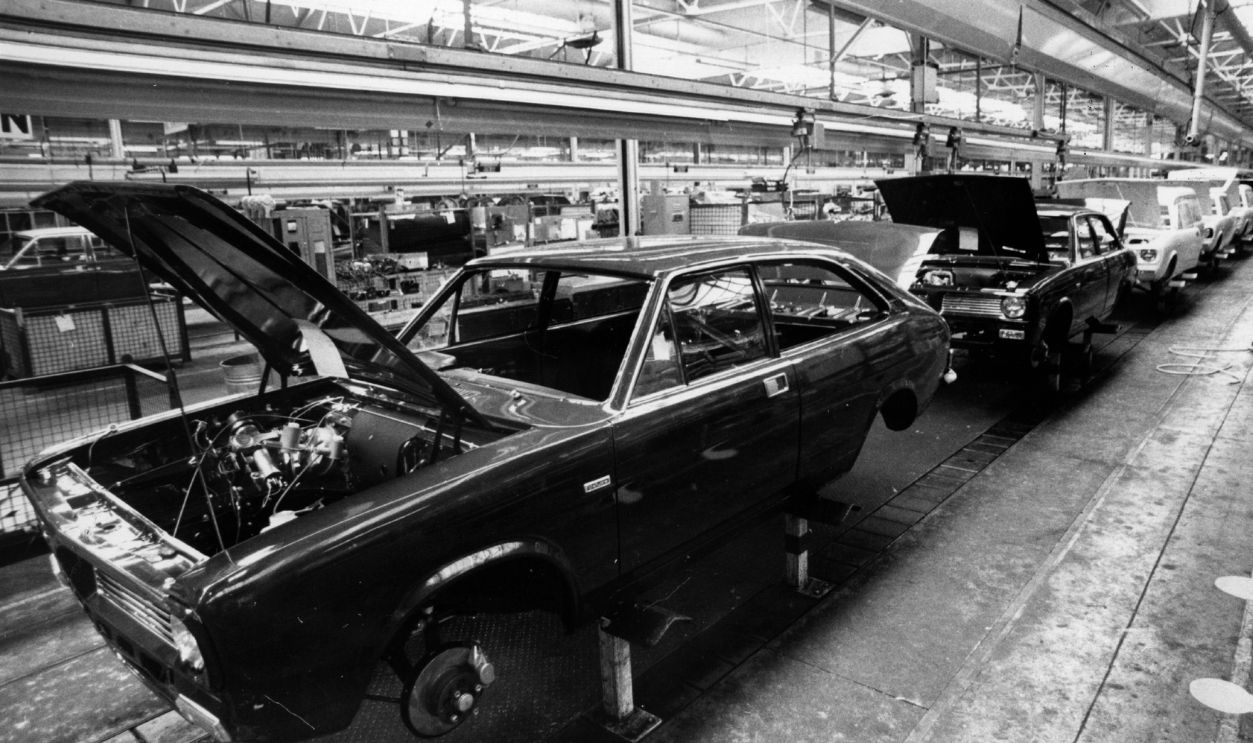 Evening Standard, Getty Images
Evening Standard, Getty Images
A Troubled Suspension
Early Marinas suffered from severe handling issues due to incorrect front suspension geometry. Cars exhibited alarming understeer, famously pushing Autocar's test vehicle onto the wrong side of the road. Corrections came too late to salvage its reputation.
 Riley from Christchurch, New Zealand, Wikimedia Commons
Riley from Christchurch, New Zealand, Wikimedia Commons
Winning On Sales And Losing On Reputation
Despite heavy criticism, the Marina surprisingly outsold the Ford Escort in 1973, becoming Britain’s second-best seller. However, its market success couldn't overshadow its poor driving dynamics and reputation.
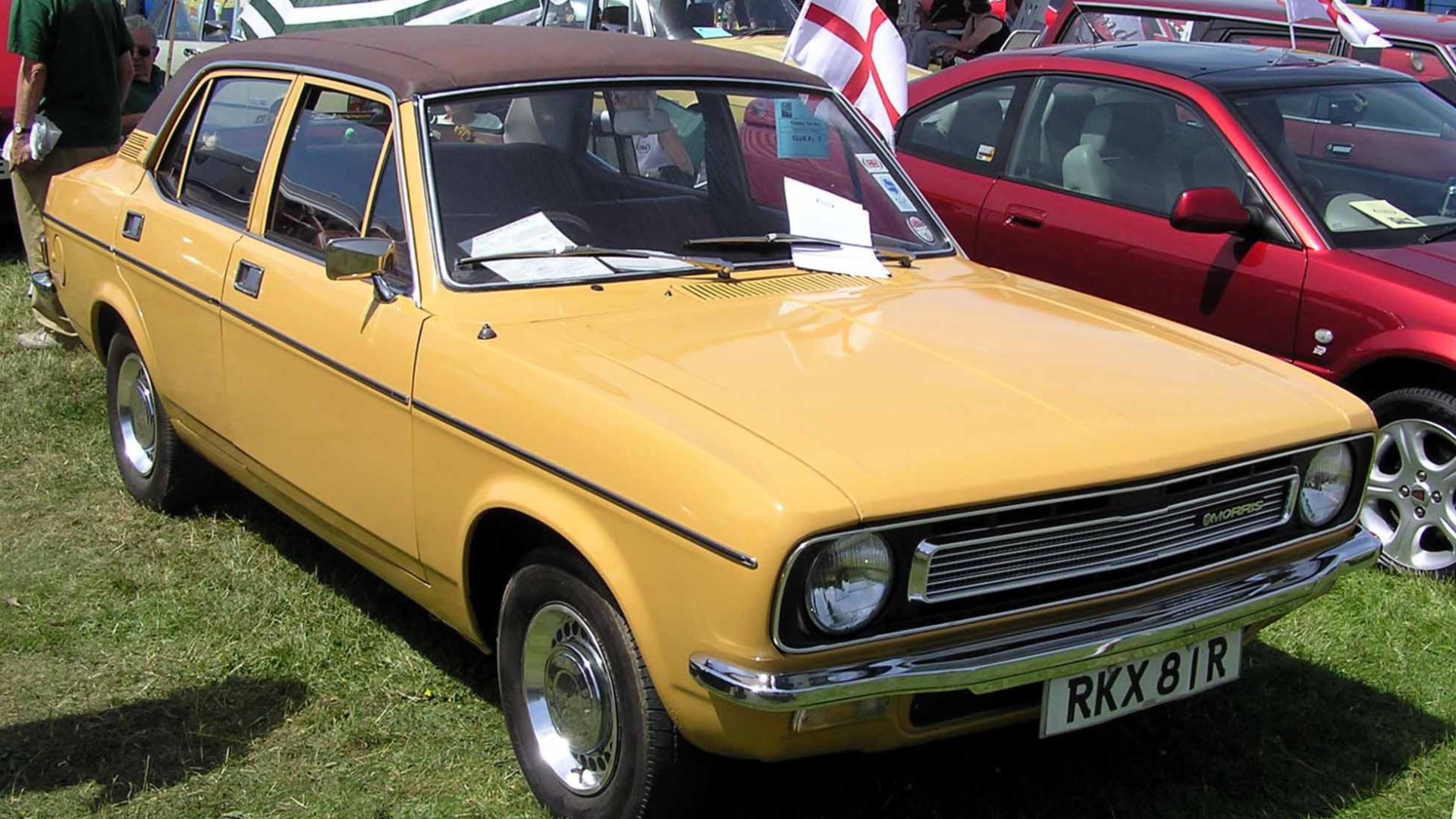 User Arpingstone on en.wikipedia, Wikimedia Commons
User Arpingstone on en.wikipedia, Wikimedia Commons

History's most fascinating stories and darkest secrets, delivered to your inbox daily.
Global Reach And Local Assembly
Marinas were assembled internationally in Australia, New Zealand, South Africa, and Malaysia, all built versions. Overseas markets, ironically, often preferred its simplicity over more complex competitors.
America’s Brief Encounter
Exported to North America as the Austin Marina, the car struggled due to emissions restrictions. US regulators accused Leyland of dumping cheap Marinas, tarnishing its already shaky reputation further.
A Rainbow Of 70s Style
Available in vibrant colors like Russet Brown, Lime Flower Green, and the striking Black Tulip purple, the Marina epitomized 1970s automotive fashion. This didn’t improve its quality, but certainly enhanced its visibility.
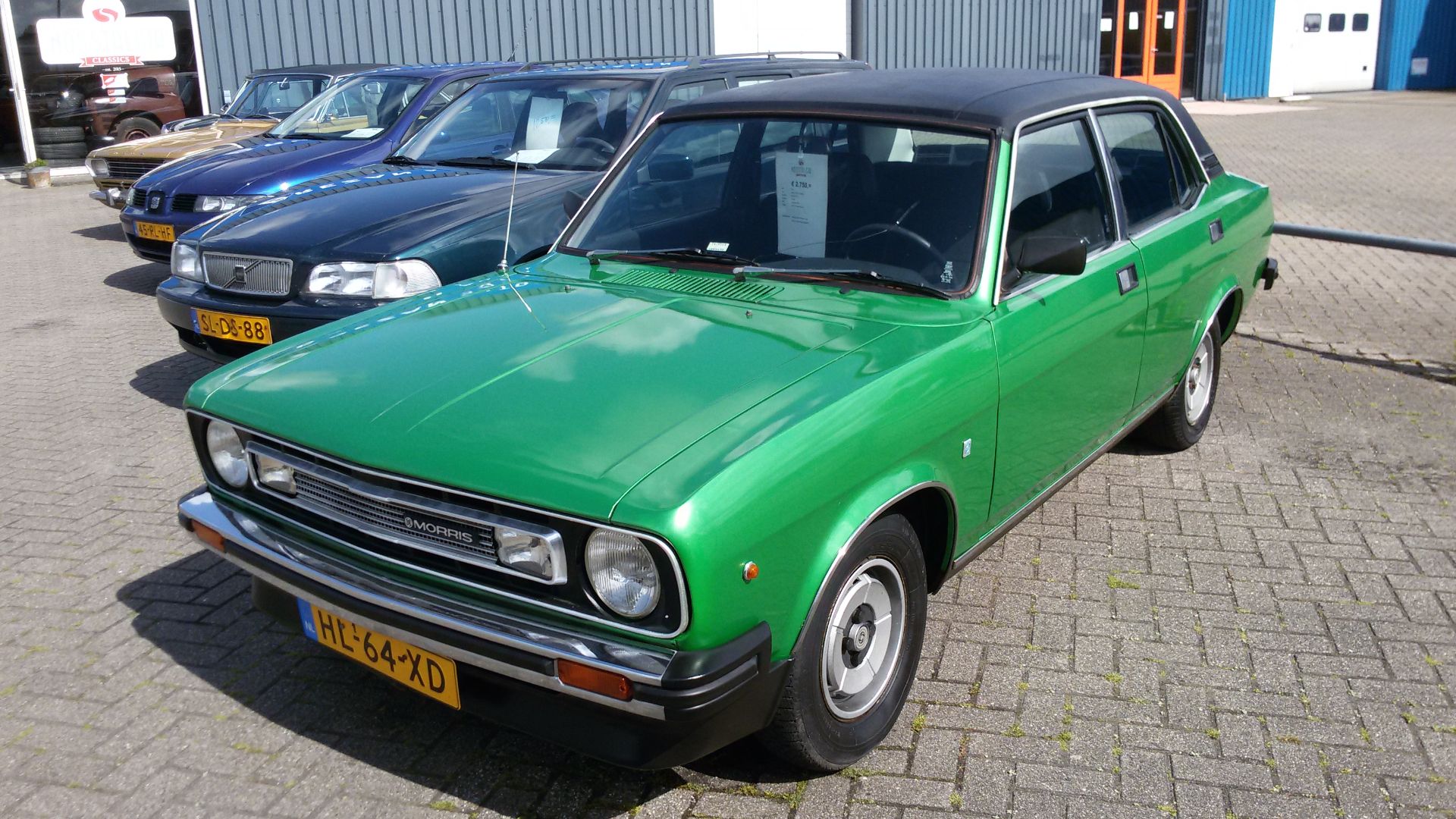 Oostblokblik, Wikimedia Commons
Oostblokblik, Wikimedia Commons
The Marina’s Misaligned Wipers
Strangely, Marina’s windscreen wipers were mounted opposite the driver due to airflow issues at high speeds. Critics found this distracting and ineffective, further highlighting odd design compromises.
Persistent Rust Problems
Rustproofing was minimal, making Marinas prone to rapid corrosion, particularly in harsh climates like Canada. Its reputation as a rust bucket significantly reduced its lifespan on salted roads.
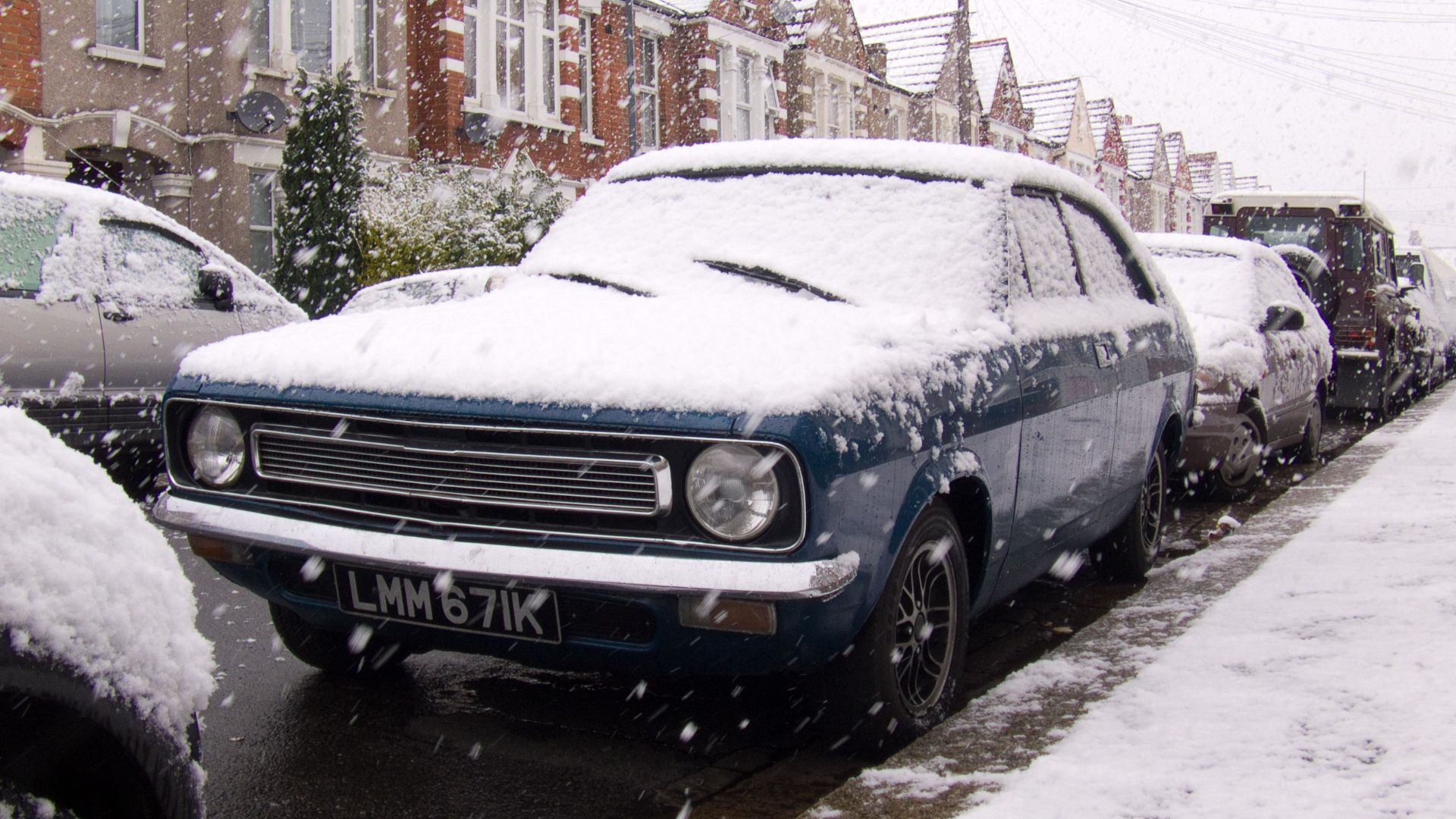 John Shepherd from Tooting, London, Great Britain, Wikimedia Commons
John Shepherd from Tooting, London, Great Britain, Wikimedia Commons
Cost-Cutting Seats And Interiors
To save money, Marina borrowed interiors from the Austin Allegro after 1977. While Allegro seats improved comfort slightly, this patchwork interior approach typified Leyland’s chaotic manufacturing practices.
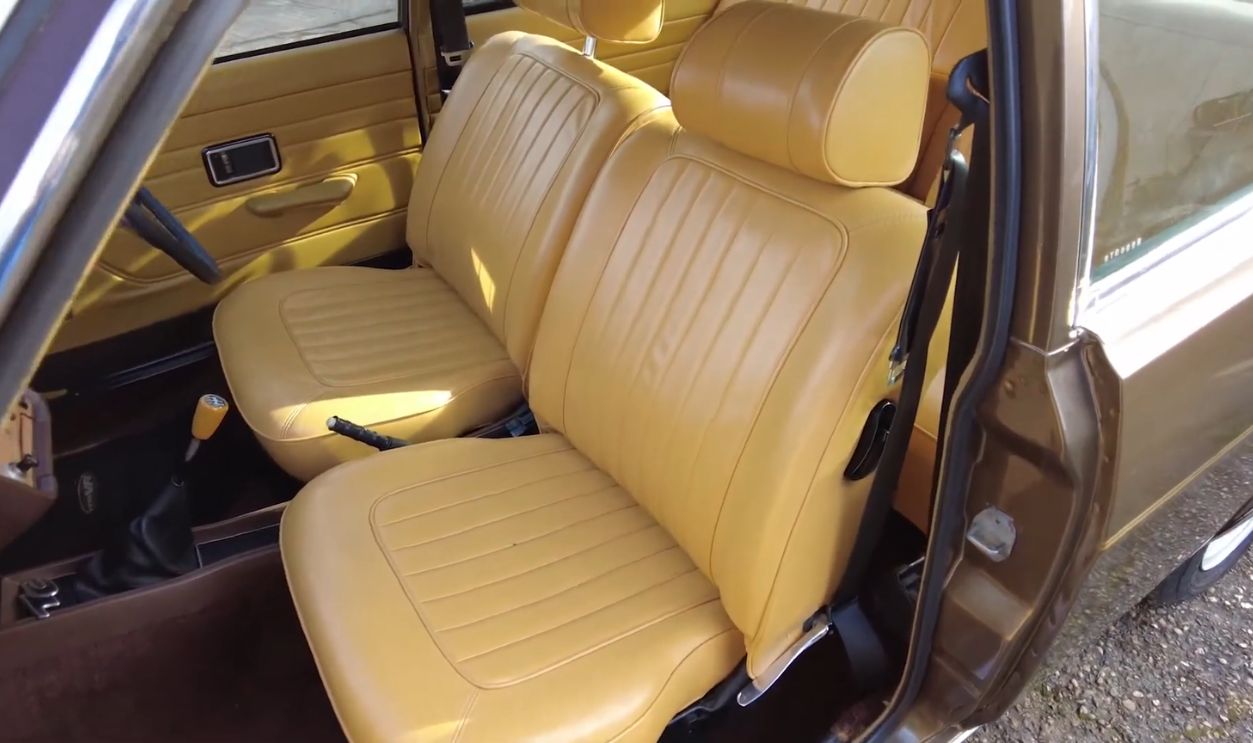 1974 Morris Marina 1 8 TC Interior Review, Trade Classics
1974 Morris Marina 1 8 TC Interior Review, Trade Classics
Misguided Sporting Pretensions
The Marina coupé raised false expectations with its sporty looks. Despite styling reminiscent of the Ford Capri, it lacked performance enhancements. This misalignment frustrated critics and customers alike.
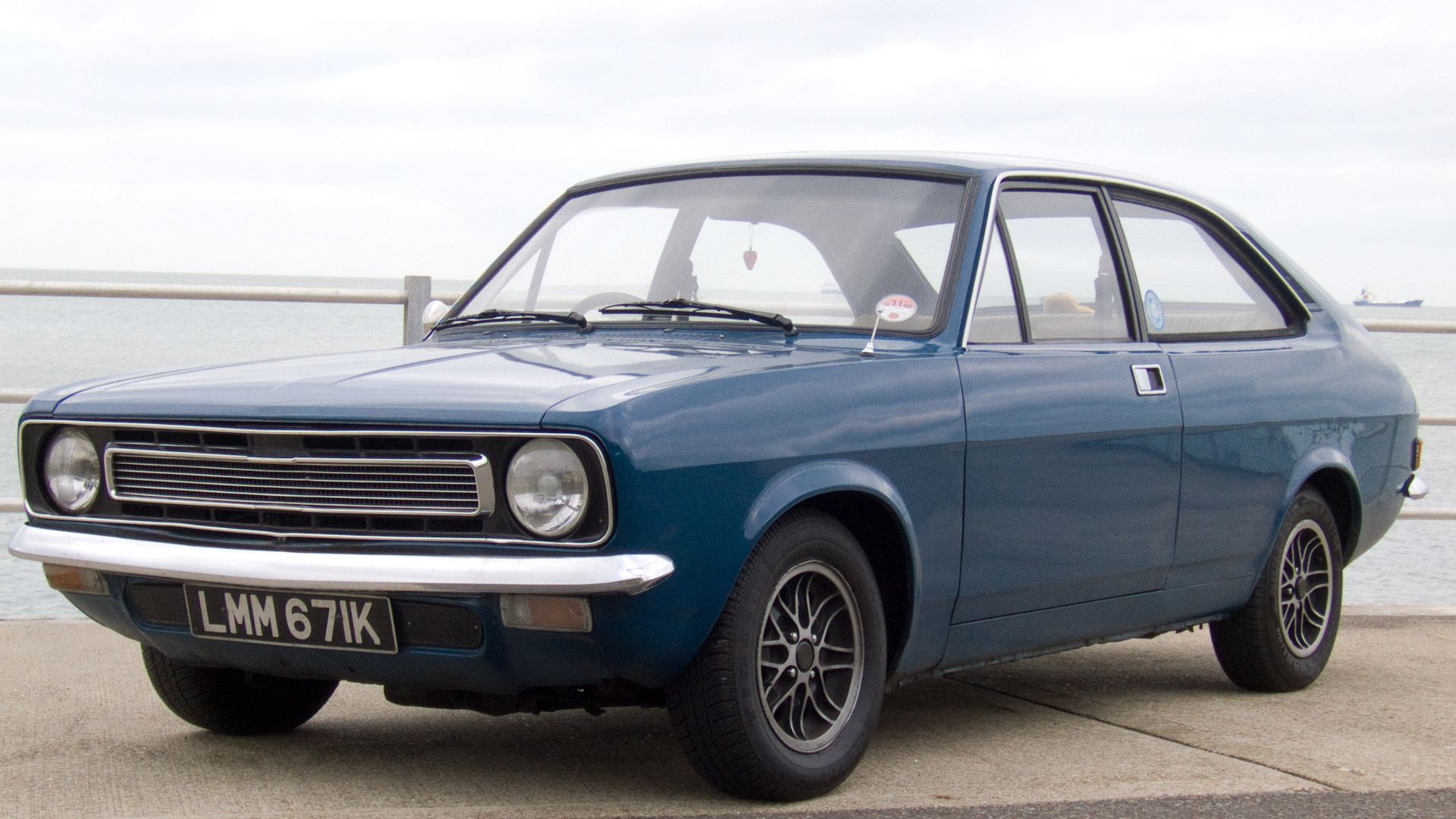 John Shepherd from Tooting, London, Great Britain, Wikimedia Commons
John Shepherd from Tooting, London, Great Britain, Wikimedia Commons
The Diesel Disaster
Between 1977-1980, Leyland offered a sluggish 1.5-litre diesel Marina, producing a paltry 37 horsepower. Performance was agonizingly slow, and only 3,870 diesel Marinas found buyers, none in Britain.
The Special Tuning Promise
Leyland’s Special Tuning department produced suspension upgrades and performance kits for the Marina. While significantly improving handling, these enhancements remained obscure and rarely reached mainstream buyers.
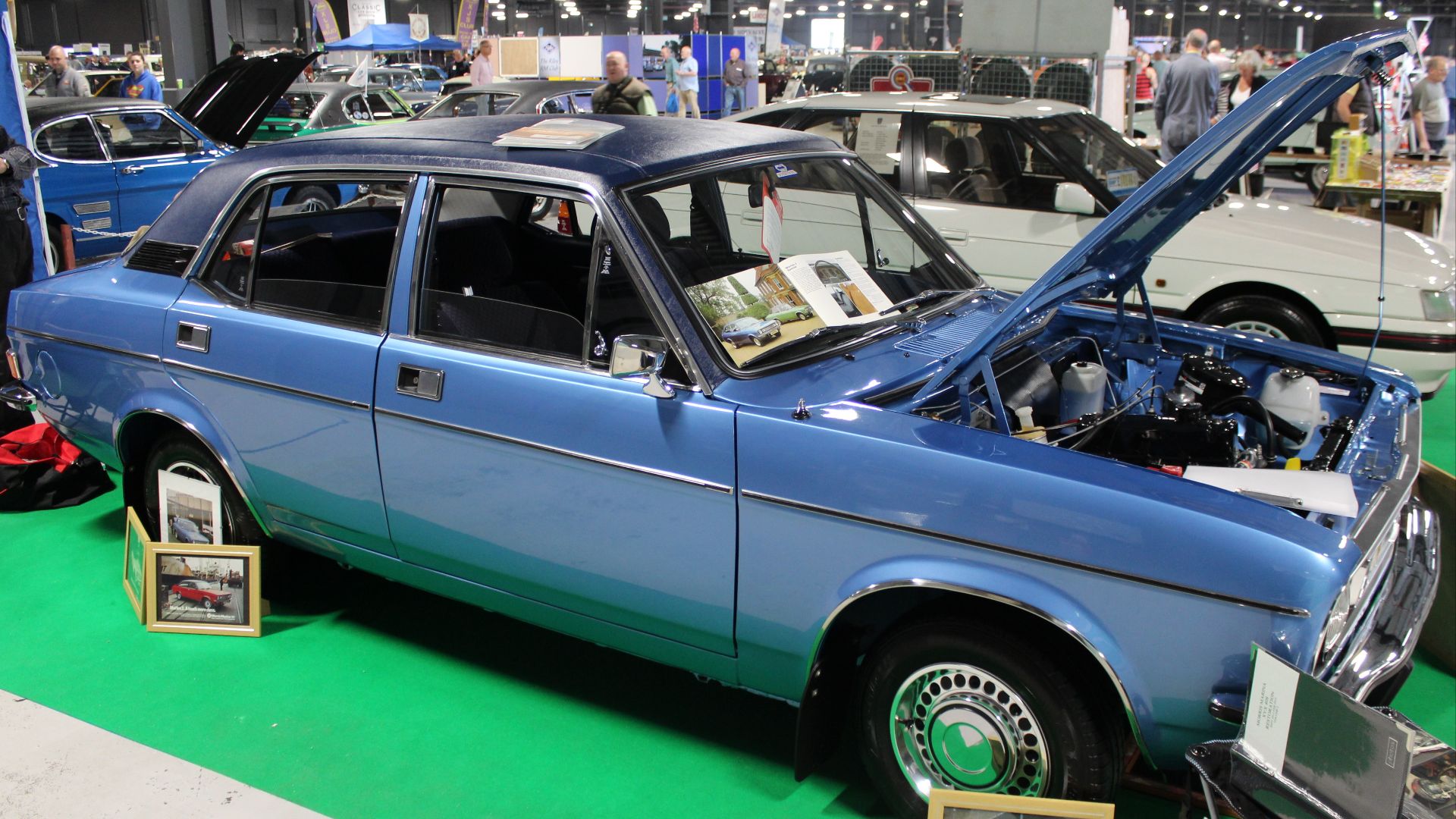 Thomas's Pics, Wikimedia Commons
Thomas's Pics, Wikimedia Commons
The Marina’s Diverse Body Styles
Leyland ambitiously offered the Marina as a saloon, coupé, estate, pickup, and van. While versatile on paper, none of these variants could overcome inherent shortcomings in design and quality.
The Leyland Marina In Australia
Australian-built Marinas featured different engines and locally adapted components. The uniquely powerful Marina Six with its 2.6-litre engine briefly challenged local rivals, though production ended abruptly in 1975.
An Unlikely Korean Legacy
The Marina indirectly influenced South Korea's automotive industry. Former Leyland executive George Turnbull brought Marina expertise to Hyundai, laying the groundwork for their successful Hyundai Pony.
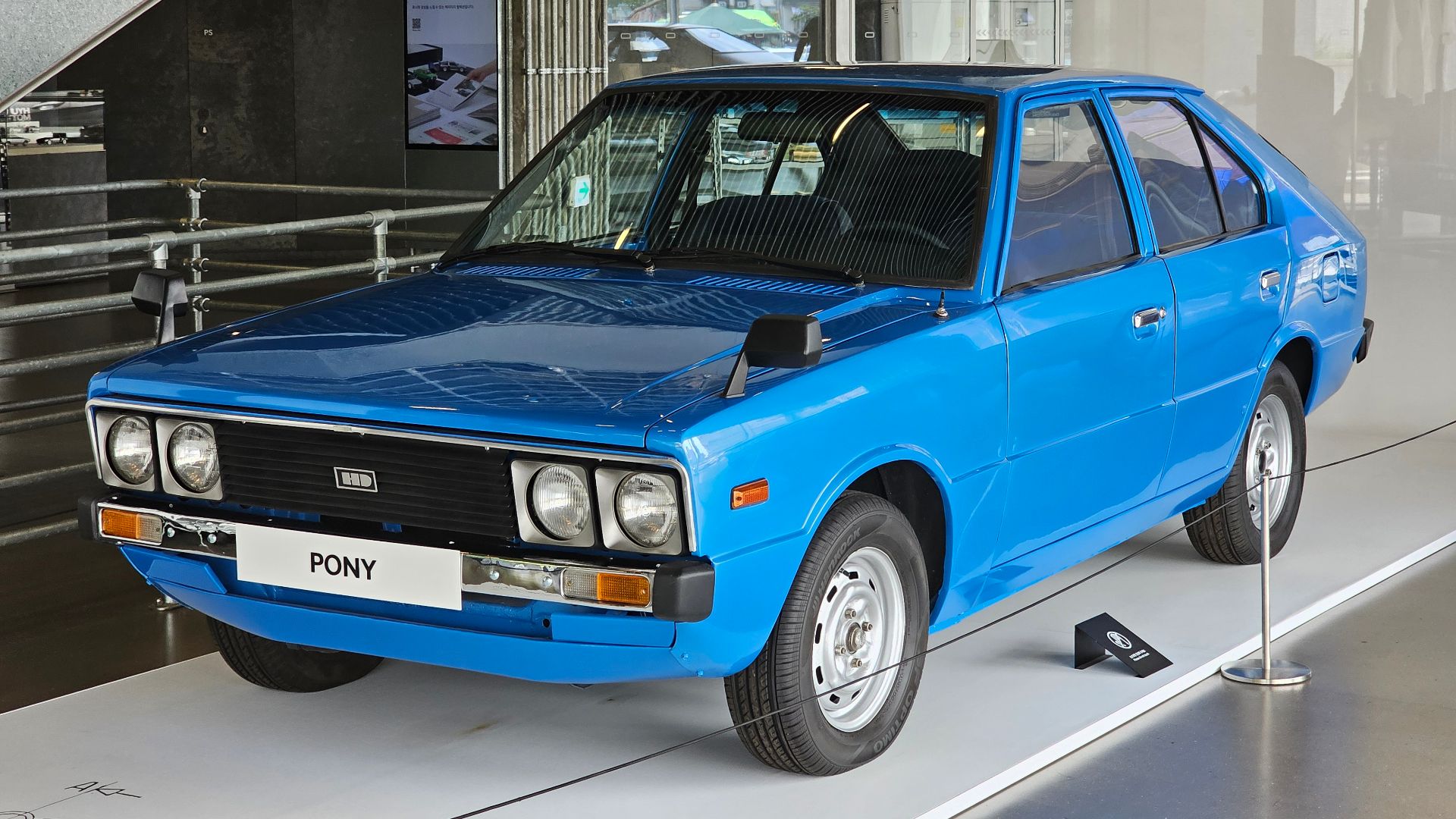 Damian B Oh, Wikimedia Commons
Damian B Oh, Wikimedia Commons
The Marina’s Infamous Reliability
Although mechanically simple, the Marina was notoriously unreliable. Frequent breakdowns and quality control issues plagued buyers, securing its spot on many “worst car” lists.
Fleeting Successes
Within 11 months of launch, Leyland celebrated building its 100,000th Marina. This rapid production highlighted initial commercial optimism, despite the growing wave of criticism that quickly followed.
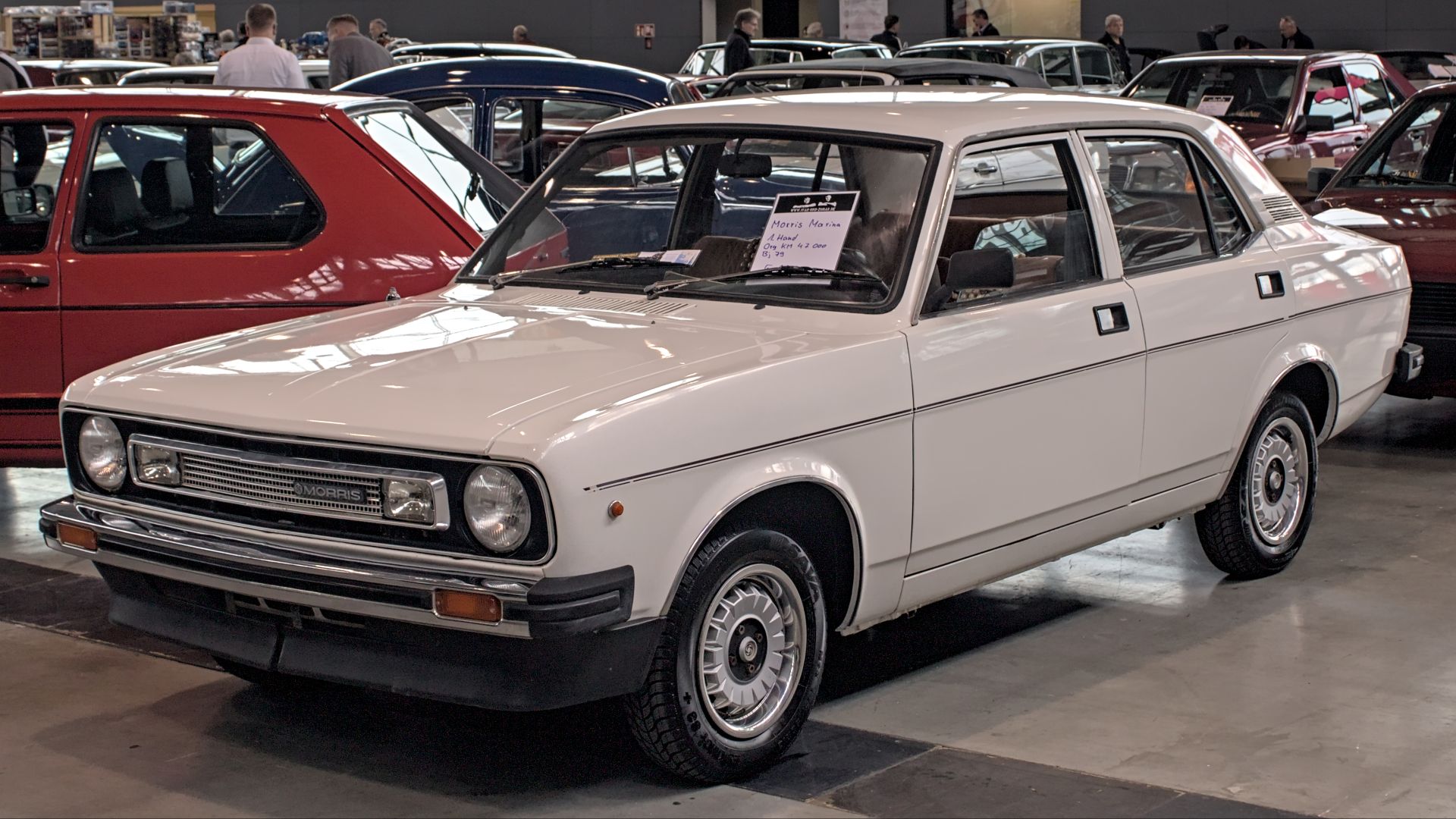 Alexander-93, Wikimedia Commons
Alexander-93, Wikimedia Commons
Shallow Facelift In 1975
The 1975 Mark 2 facelift offered minimal improvements: slightly better soundproofing, modified suspension, and minor styling tweaks. Critics noted these half-hearted changes barely addressed deeper flaws.
Italdesign’s Lost Opportunity
The Marina's 1980 successor, the Morris Ital, had superficial styling updates overseen by Giorgetto Giugiaro’s Italdesign. Despite Italdesign’s prestigious name, the Ital remained fundamentally the same aging car underneath.
 Original uploaded by Winelight (Transfered by Mr.choppers), Wikimedia Commons
Original uploaded by Winelight (Transfered by Mr.choppers), Wikimedia Commons
An Extended Stopgap
Originally intended as a temporary solution for only five years, the Marina remained in production nearly twice that long. British Leyland’s financial troubles meant the "temporary" Marina became an uncomfortable permanent fixture.
Conservative But Adventurous Branding
Leyland initially branded the Marina conservatively, reserving Austin’s badge for innovative models like the Allegro. Ironically, the conventional Marina far outsold its more radical stablemate.
Early Gearbox Struggles
Marina’s manual transmission, adapted from Triumph's Toledo, often failed prematurely. Synchromesh issues and a noisy gearbox troubled owners from the outset, adding to customer dissatisfaction.
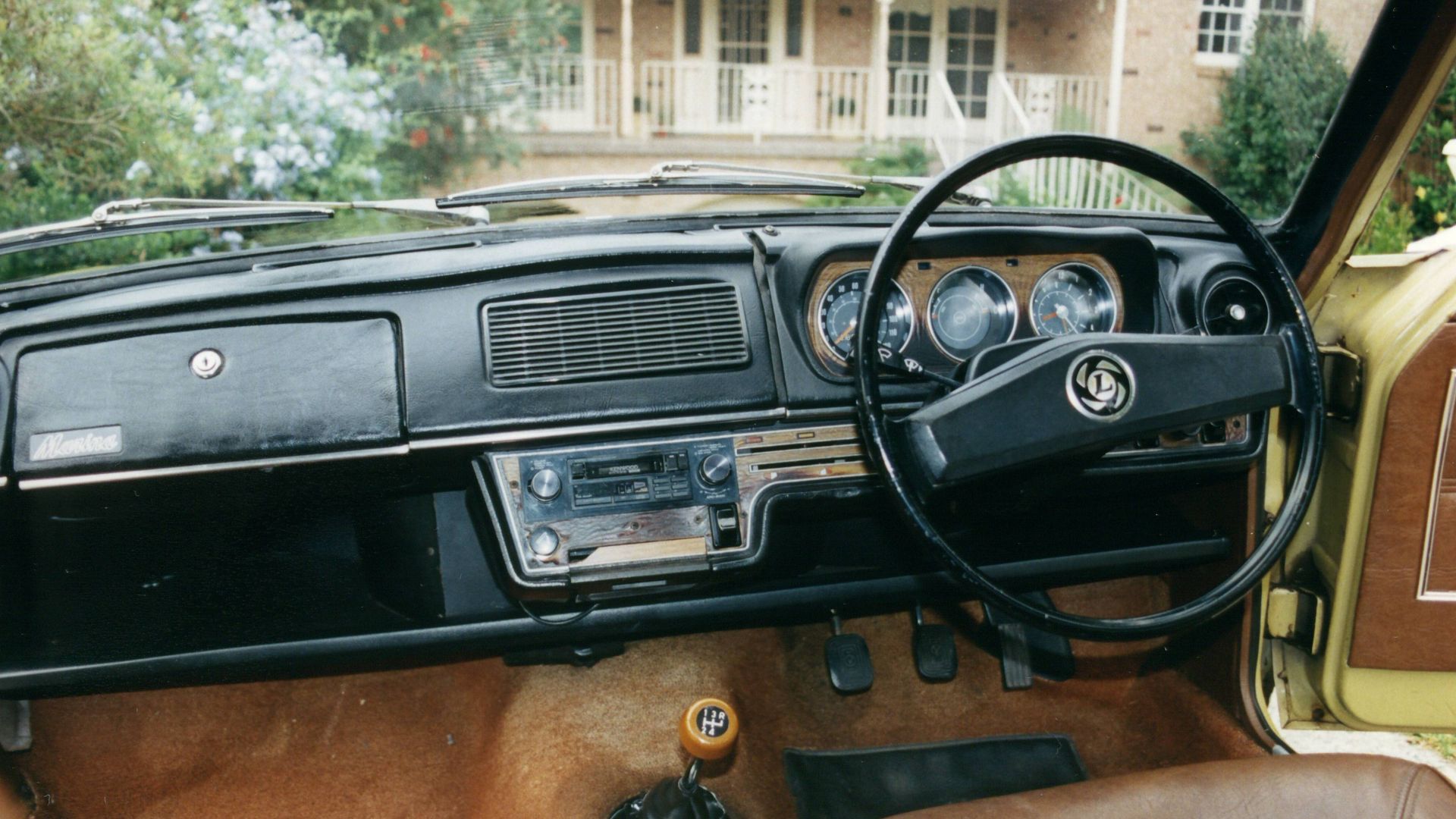 Jeremy from Sydney, Australia, Wikimedia Commons
Jeremy from Sydney, Australia, Wikimedia Commons
The Marina’s Structural Shortcomings
Marina’s cost-driven, minimalist construction resulted in excessive body roll and "bump steer" on rough surfaces. These handling quirks contributed to the car's notoriously unpredictable driving experience.
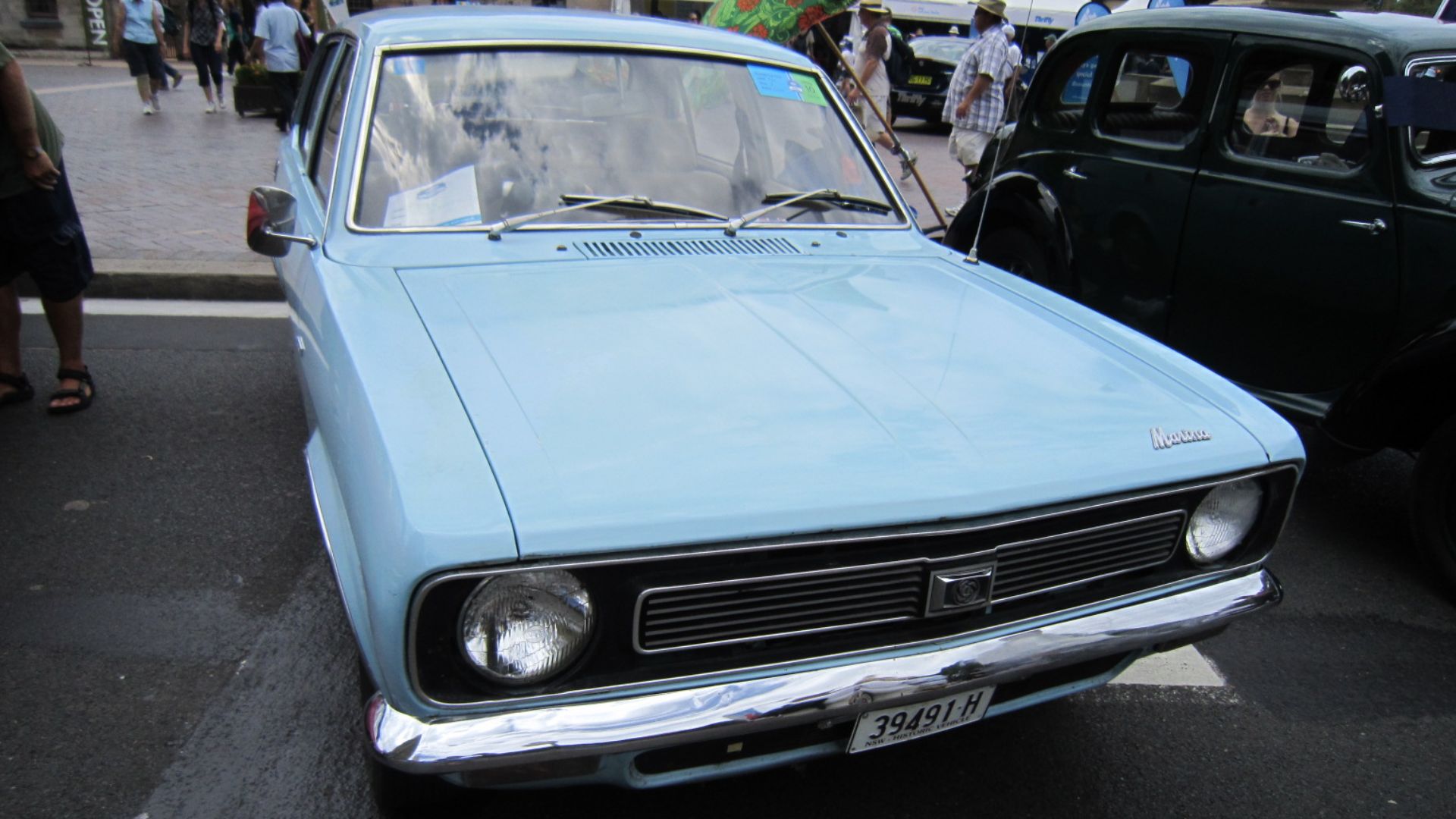 Jeremy from Sydney, Australia, Wikimedia Commons
Jeremy from Sydney, Australia, Wikimedia Commons
The E-Series Engine Abroad
Though abandoned in Britain, the problematic E-series engines persisted in Australian and South African Marinas. Overheating and oil consumption issues remained unresolved, plaguing overseas drivers.
Woes From Industrial Unrest
The Marina suffered frequent production disruptions due to strikes and industrial disputes at Leyland plants. These interruptions compounded quality issues and delayed vital improvements.
Ergonomic Nightmares
Critics ridiculed the Marina's dashboard, with controls bizarrely angled toward the passenger. This ergonomic oversight became symbolic of Leyland’s careless approach to design details.
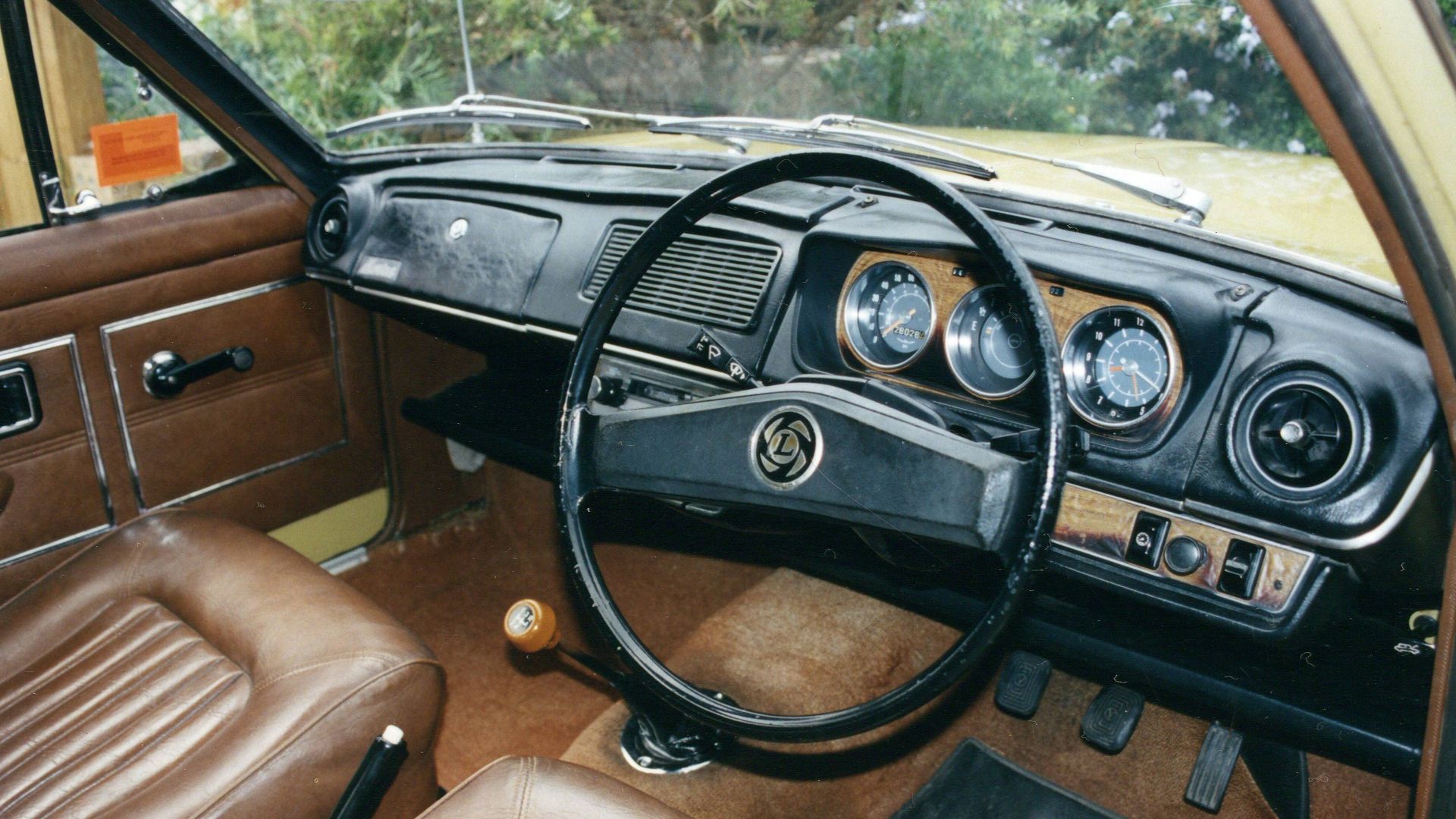 Jeremy from Sydney, Australia, Wikimedia Commons
Jeremy from Sydney, Australia, Wikimedia Commons
The Short-lived Canadian Marina
The Marina sold poorly in Canada, where severe winters accelerated rust dramatically. Canadian buyers quickly learned the car’s limitations, with imports ceasing entirely by 1978.
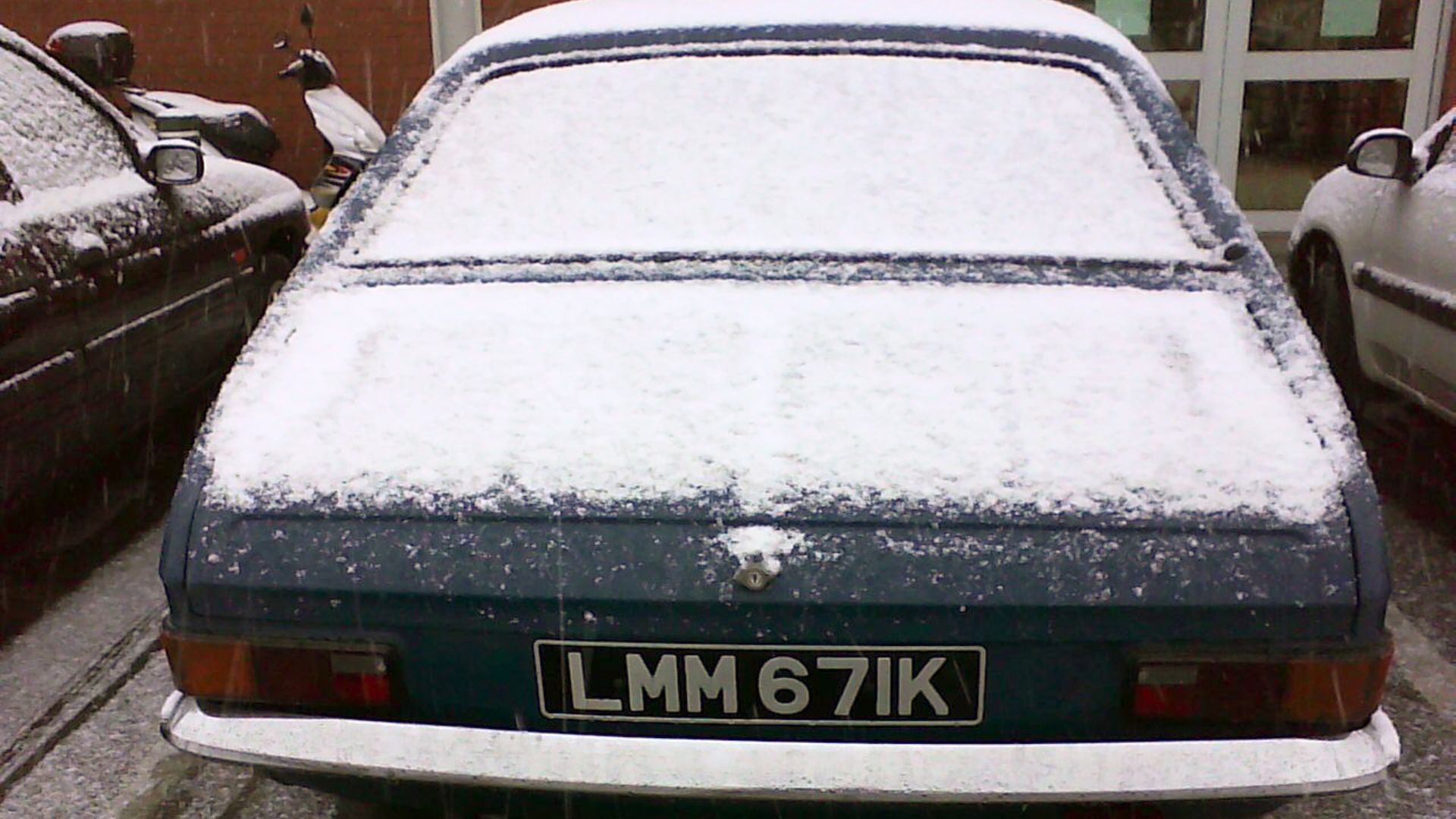 John Shepherd from Tooting, London, Great Britain, Wikimedia Commons
John Shepherd from Tooting, London, Great Britain, Wikimedia Commons
Market Confusion
The Marina competed internally against BL’s Austin Allegro and Maxi, causing unnecessary market overlap. Leyland’s confused strategy often pitted its own products against each other rather than rivals.
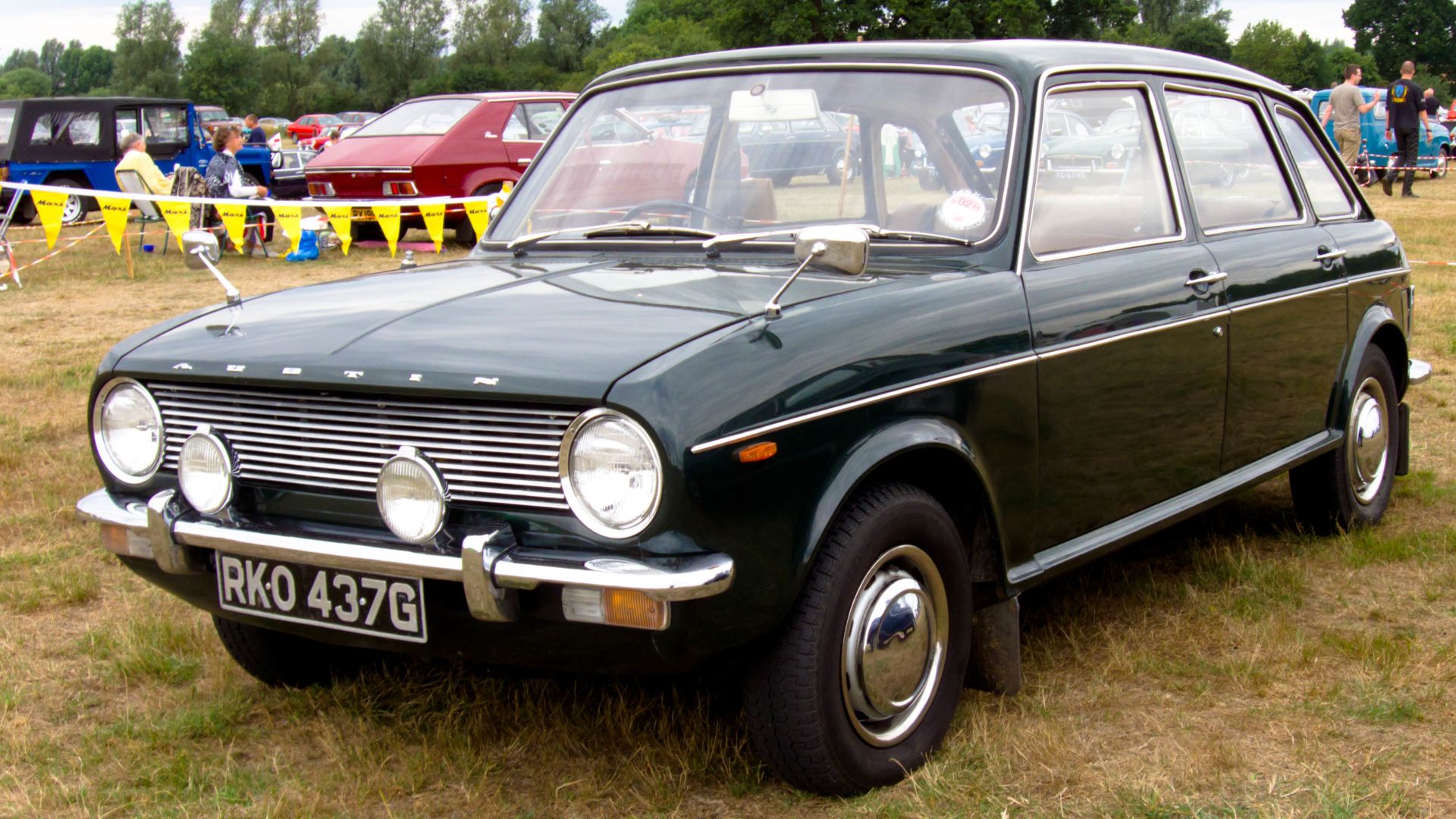 John Shepherd, Wikimedia Commons
John Shepherd, Wikimedia Commons
Fading Appeal
By the late 70s, the Marina’s outdated design could no longer compete against innovative rivals like the Volkswagen Golf. Its popularity steadily declined, becoming a symbol of automotive stagnation.
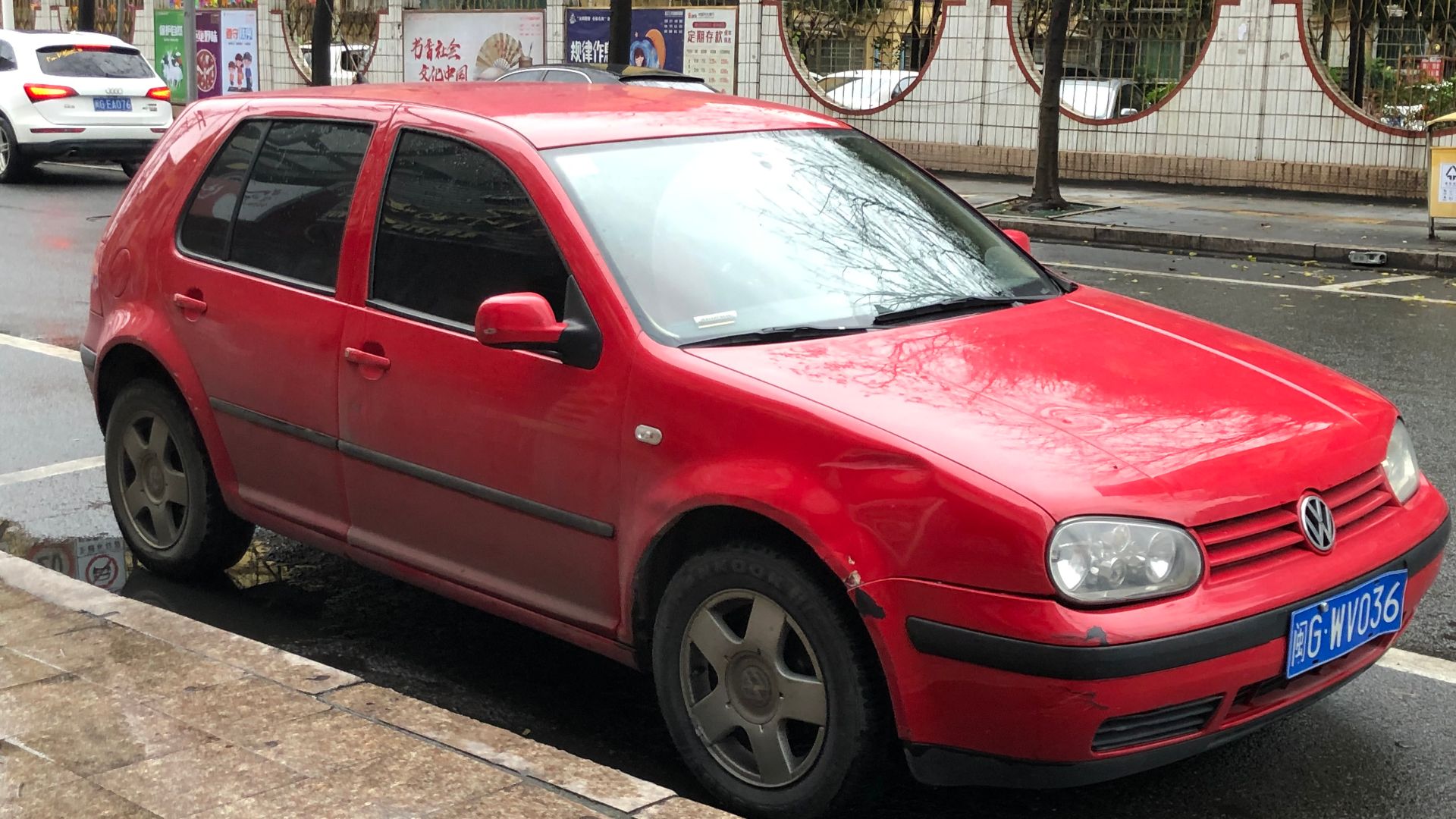 JamesYoung8167, Wikimedia Commons
JamesYoung8167, Wikimedia Commons
The Marina’s Disappointing Safety
The basic construction methods limited the Marina’s structural integrity, contributing to its poor crashworthiness. Its reputation as unsafe further eroded consumer confidence, hastening its decline.
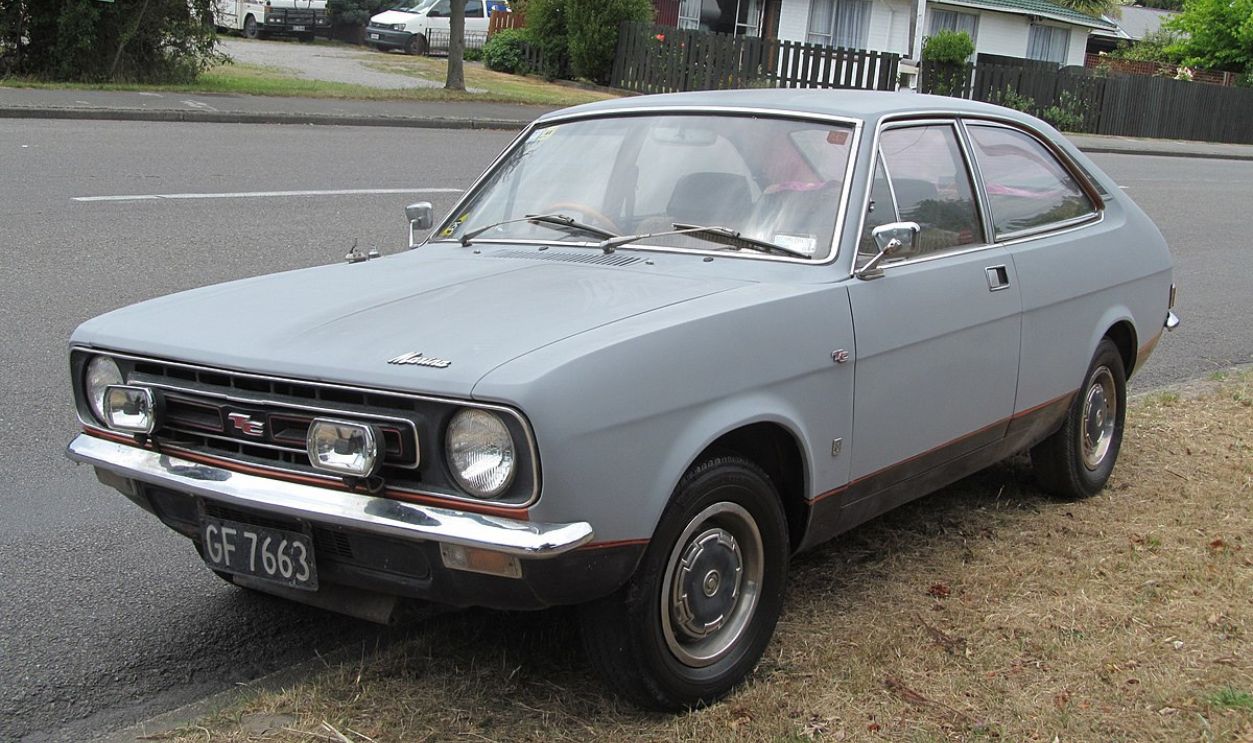 Riley from Christchurch, New Zealand, CC BY 2.0, Wikimedia Commons
Riley from Christchurch, New Zealand, CC BY 2.0, Wikimedia Commons
Enduring Poor Perception
Journalists repeatedly labeled the Marina among history’s worst cars, further cemented by the rehashed Ital variant. This notoriety overshadowed its brief early success, ensuring its place in automotive infamy.
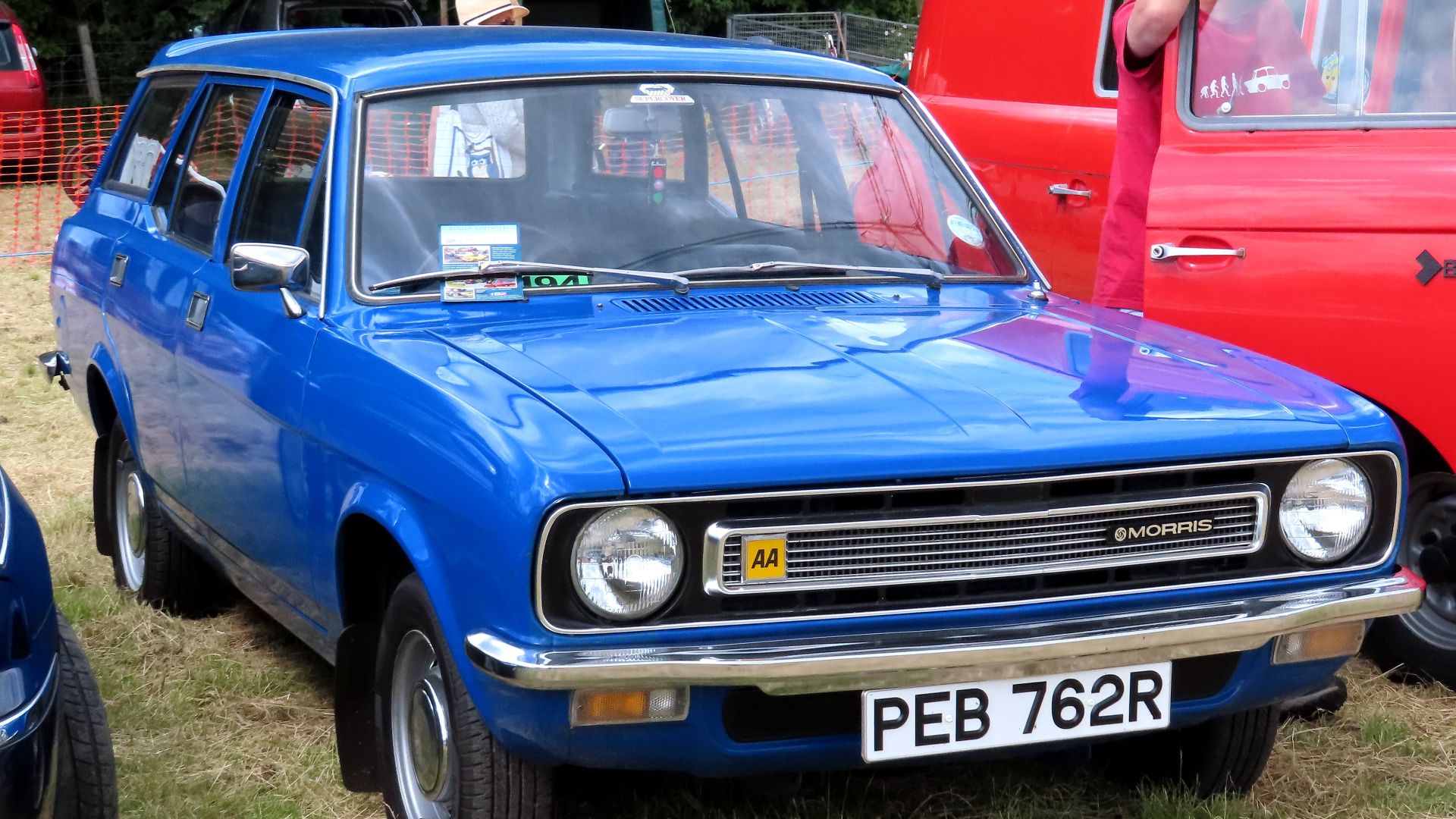 kitmasterbloke, Wikimedia Commons
kitmasterbloke, Wikimedia Commons
Second-Best Seller Yet Most Scrapped
Although selling 1.2 million units globally, the Marina holds the dubious title of Britain’s most scrapped car. Poor durability meant few survived beyond their initial years, quickly disappearing from roads.
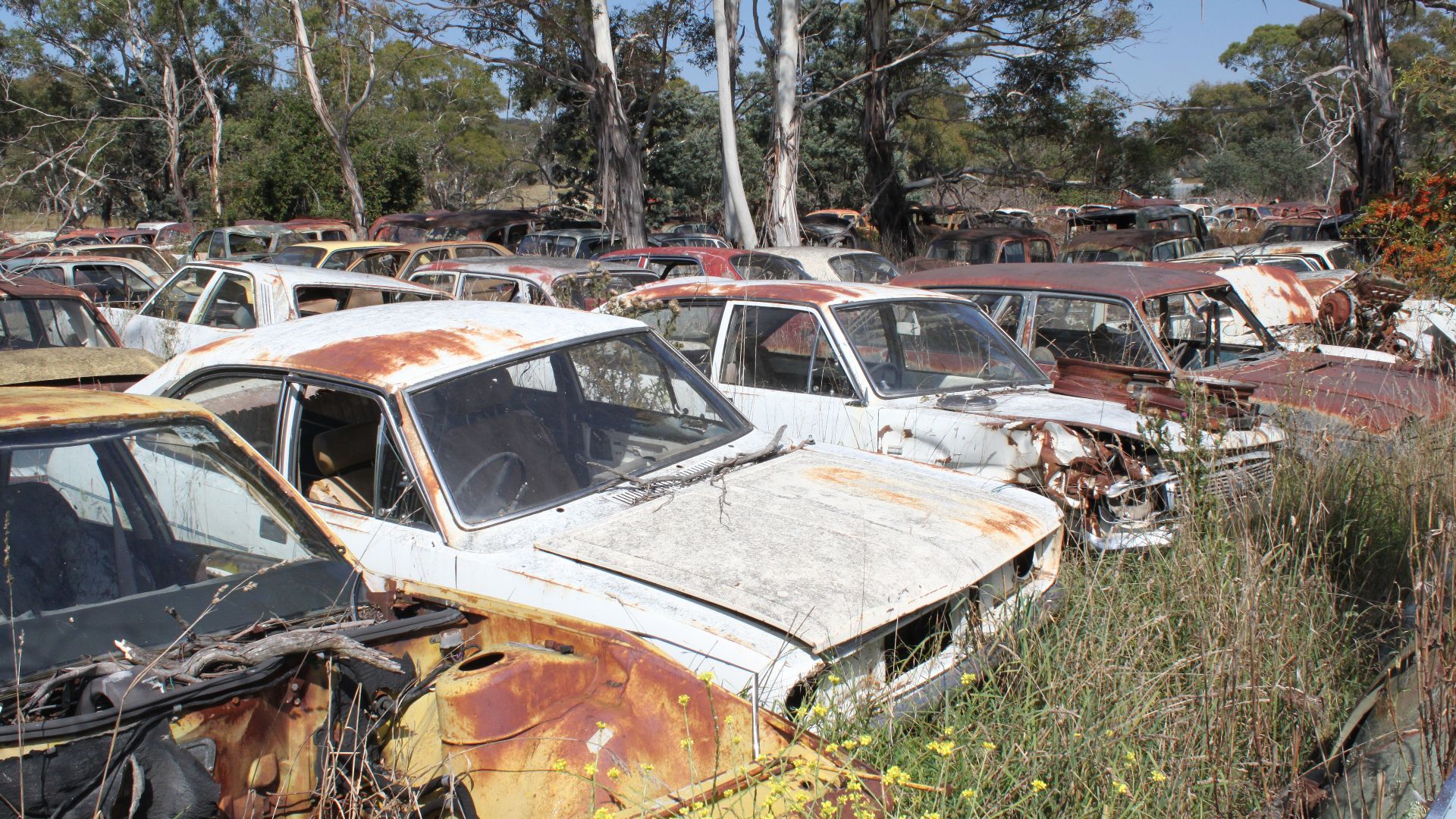 Jeremy from Sydney, Australia, Wikimedia Commons
Jeremy from Sydney, Australia, Wikimedia Commons
Marinas In Decline
By 2016, only 295 Marinas remained registered on UK roads, demonstrating the speed of their disappearance. This rapid decline underscored enduring quality and longevity issues.
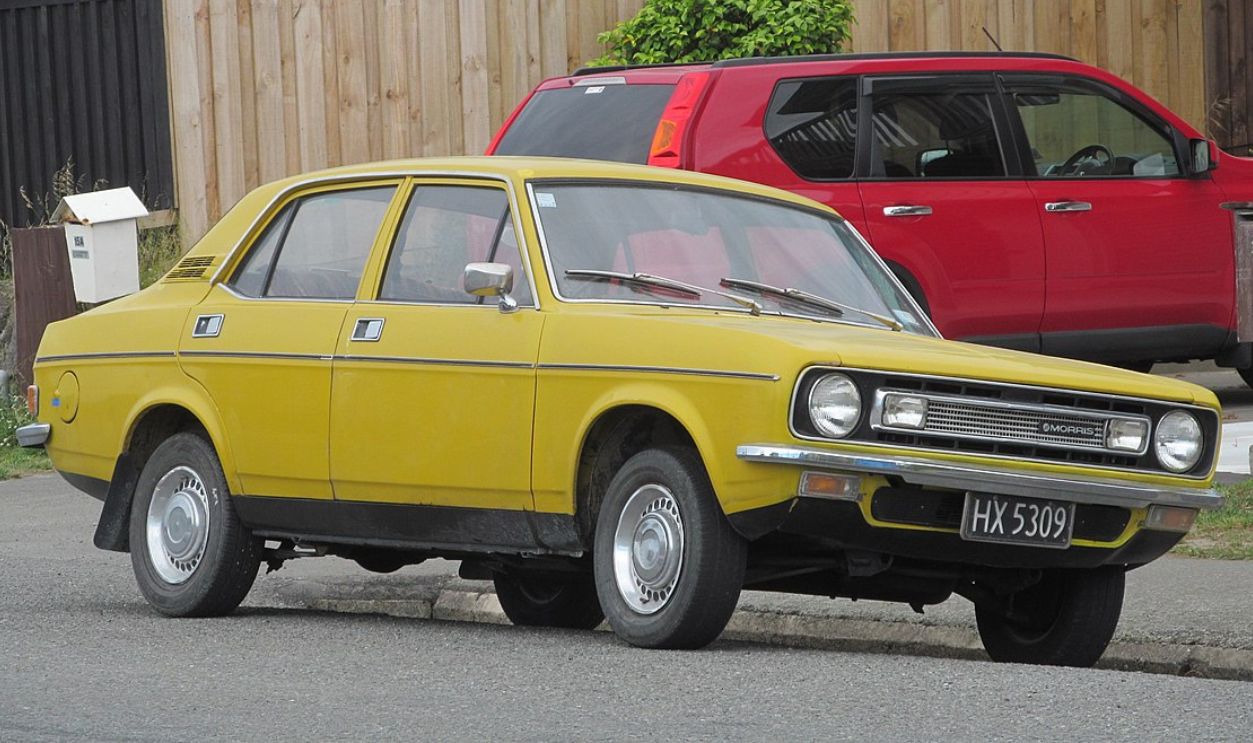 Riley from Christchurch, New Zealand, CC BY 2.0, Wikimedia Commons
Riley from Christchurch, New Zealand, CC BY 2.0, Wikimedia Commons
The Marina’s Forgotten Contributions
Despite its faults, Marina engines became valuable upgrades for Morris Minors and MG Midgets. Ironically, the Marina's legacy lives on mostly in cars it unintentionally improved. Its front suspension components, particularly brakes and hubs, were also frequently repurposed as cost-effective performance enhancements for other classic British vehicles.
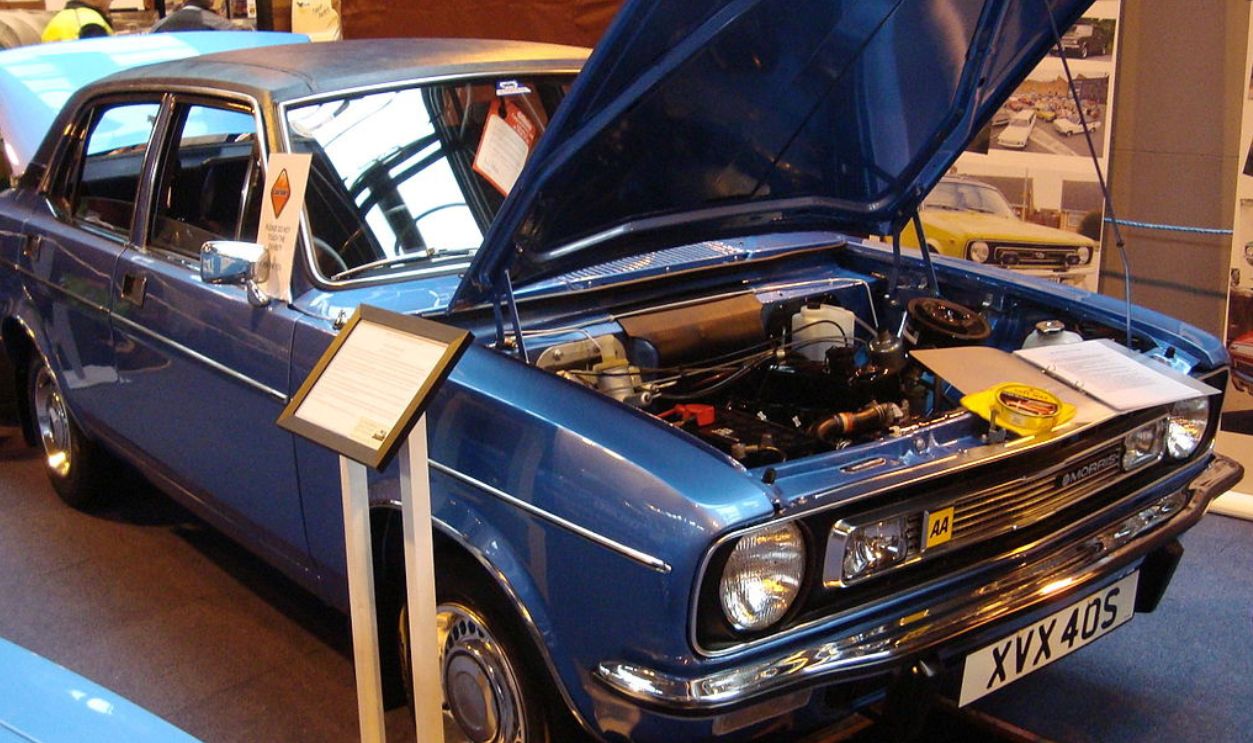 Kieran White from Manchester, England, CC BY 2.0, Wikimedia Commons
Kieran White from Manchester, England, CC BY 2.0, Wikimedia Commons
The Last Morris
The Marina and its Ital successor represented the final passenger cars bearing the historic Morris badge. Their failures contributed to the iconic Morris marque’s demise, marking an ignominious end to a proud name.
You May Also Like:
The Infamous Car Called “Unsafe At Any Speed”
Was The Trabant P 50 The Worst Car Ever Made?
Was The Infamous Ford Pinto As Dangerous As People Think?
Sources: 1

